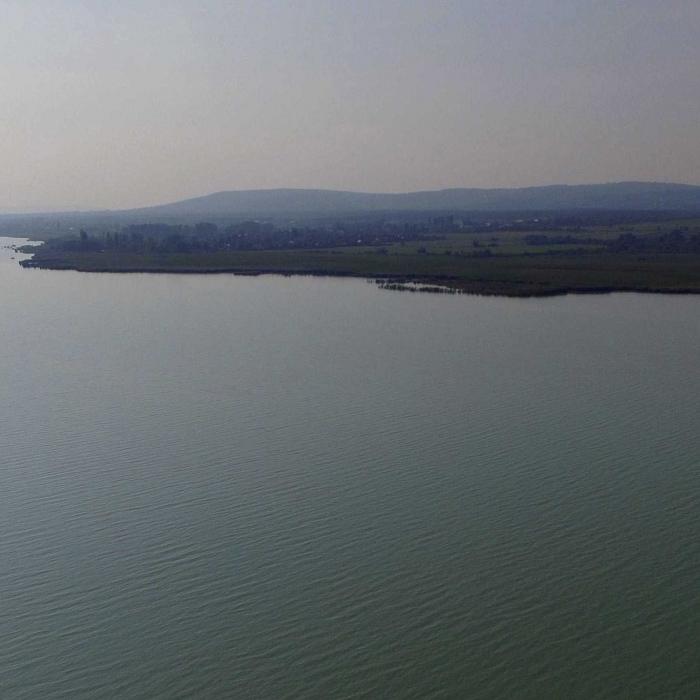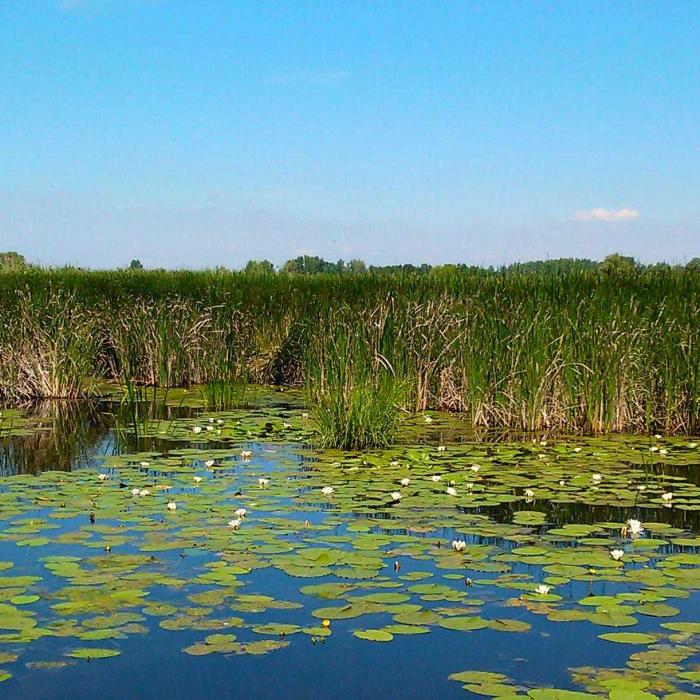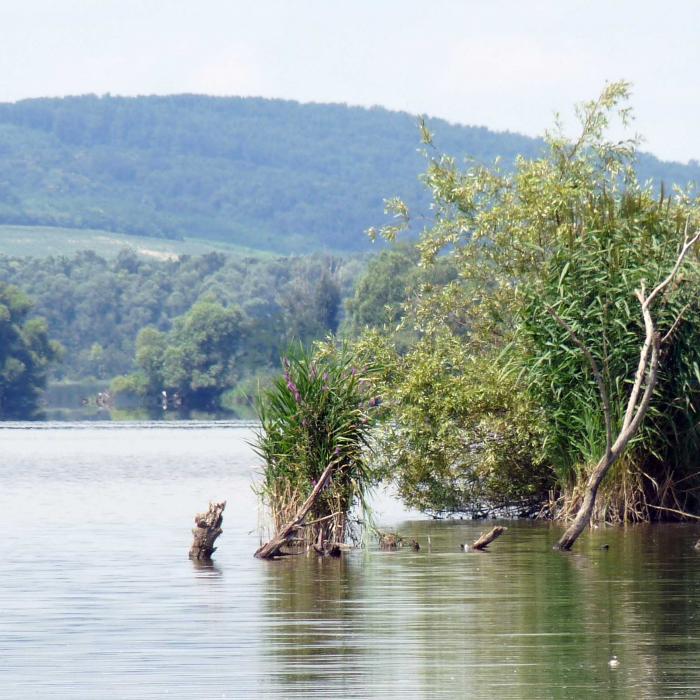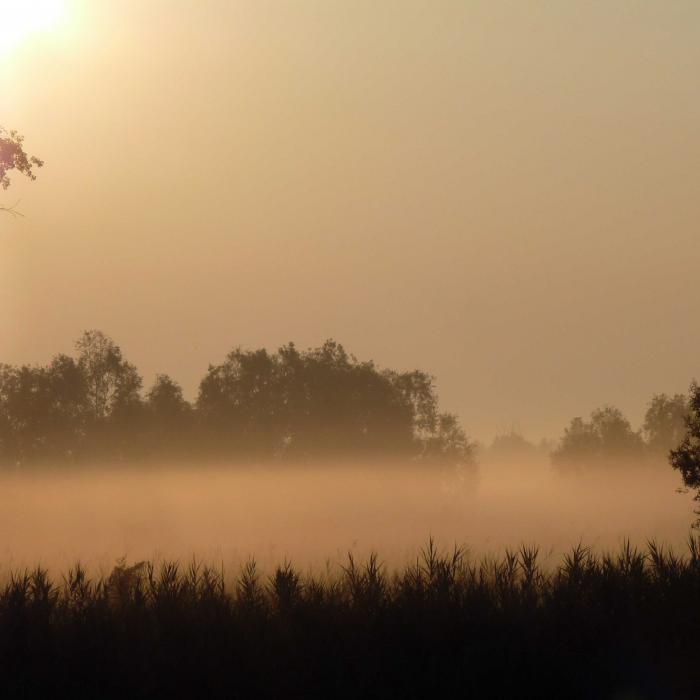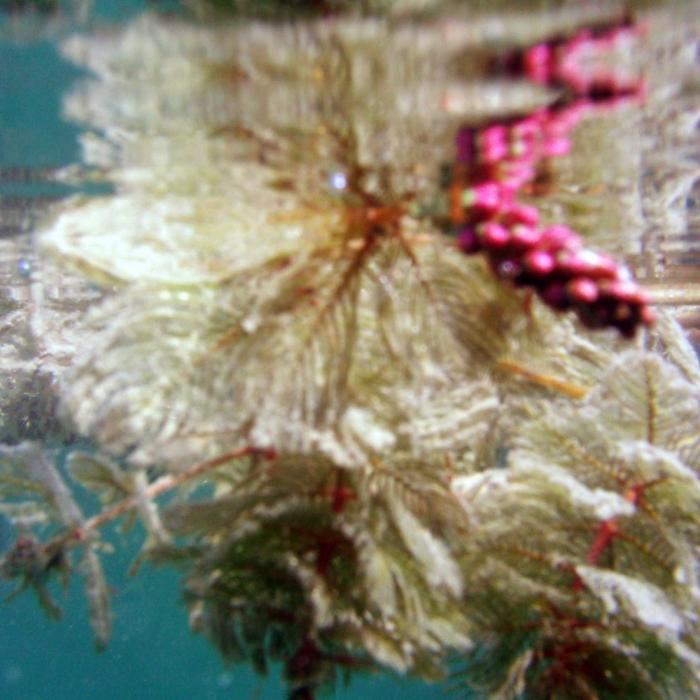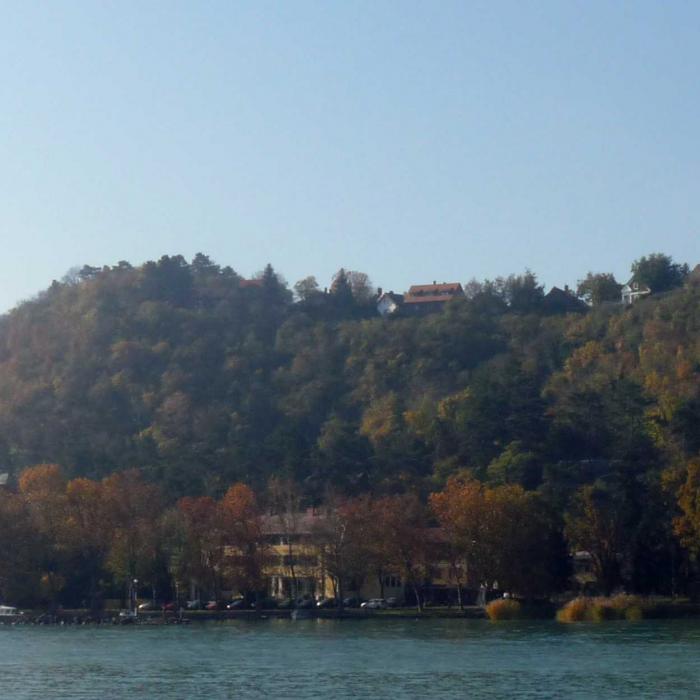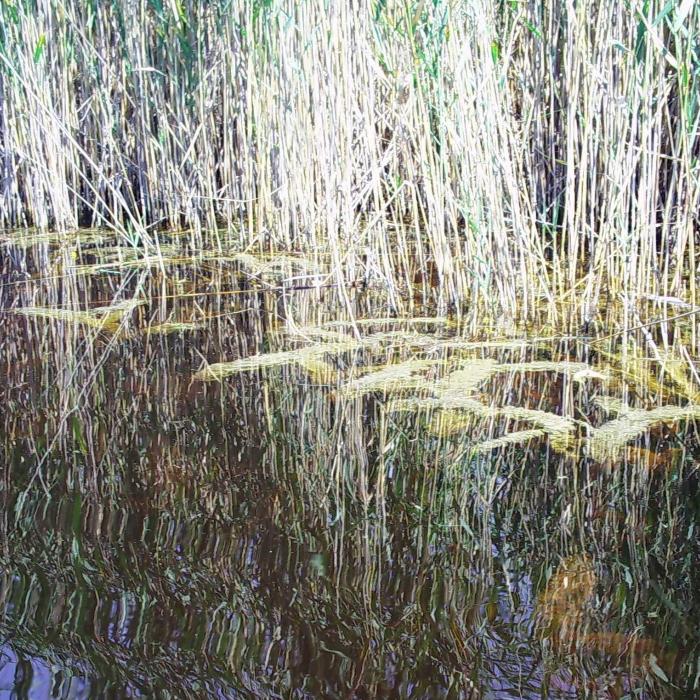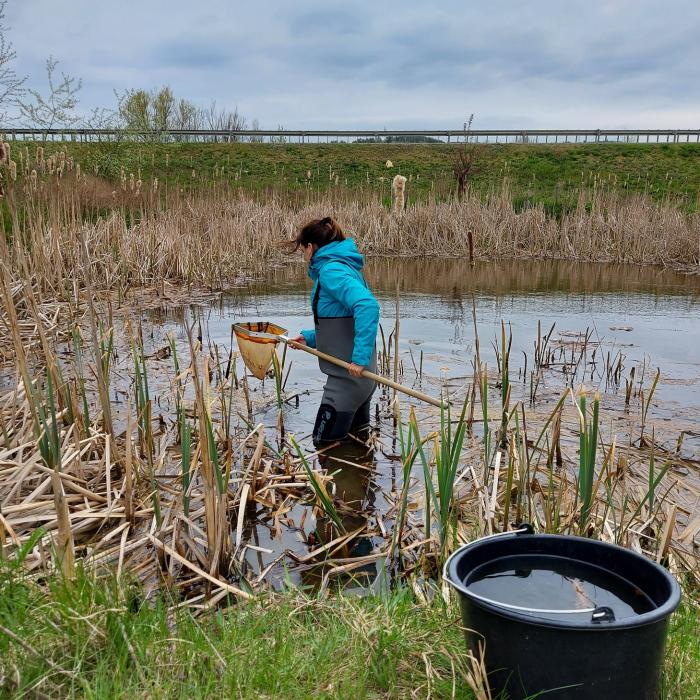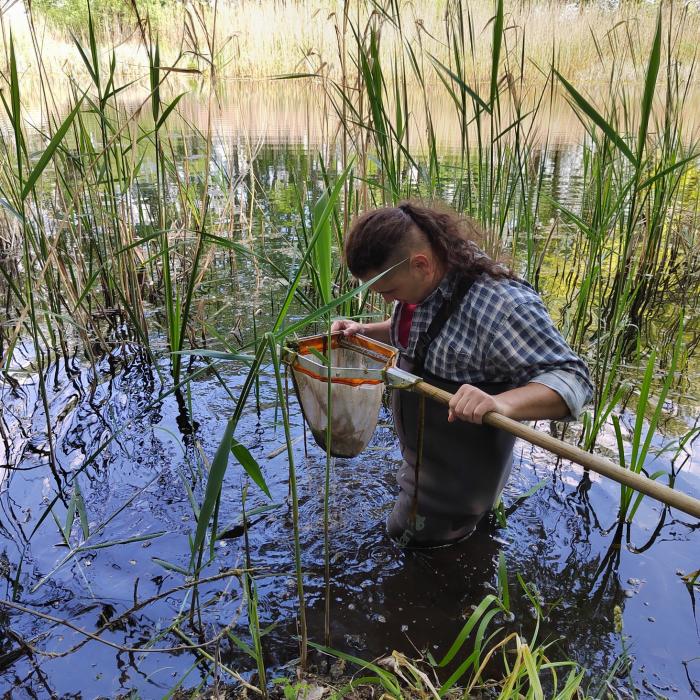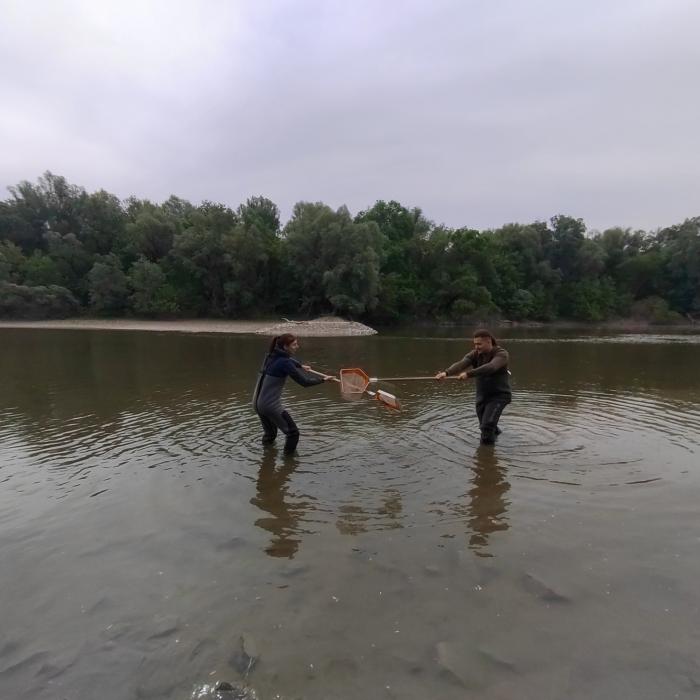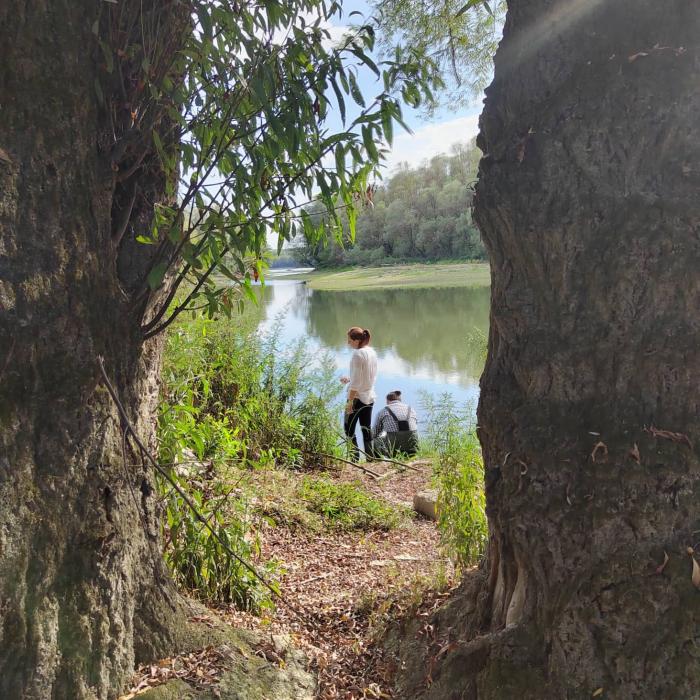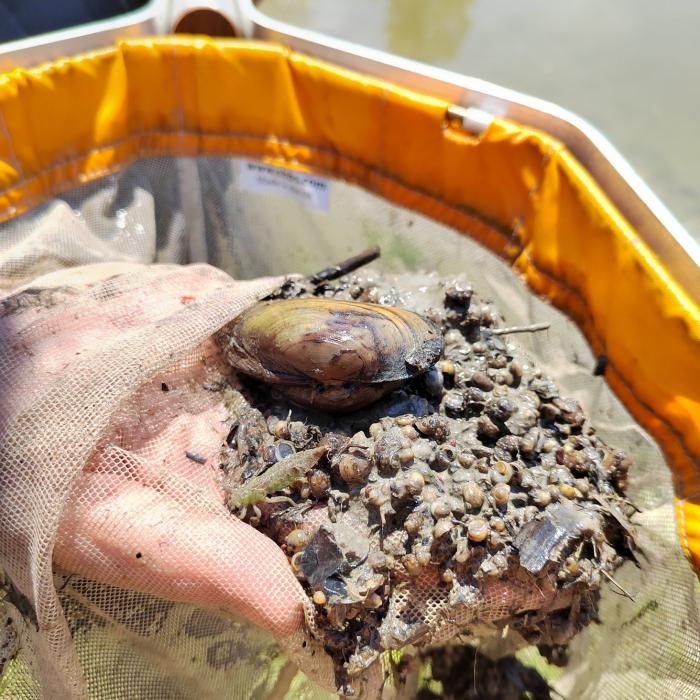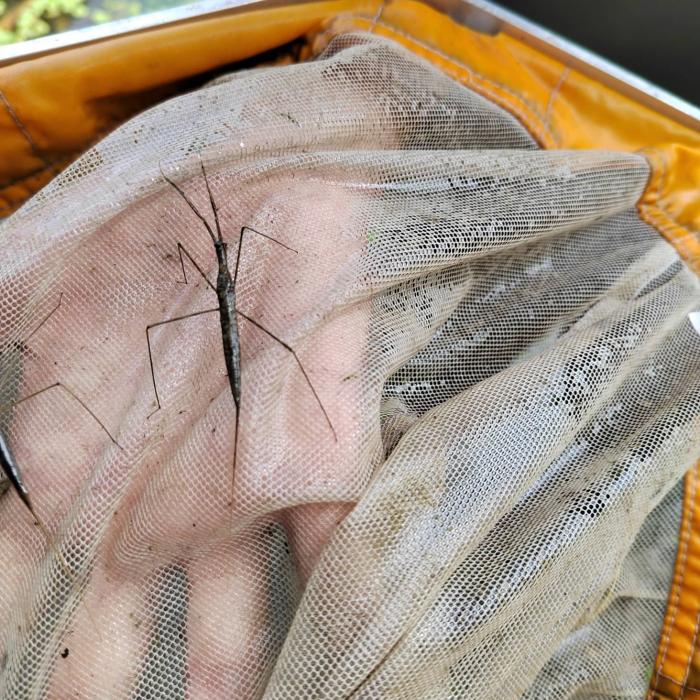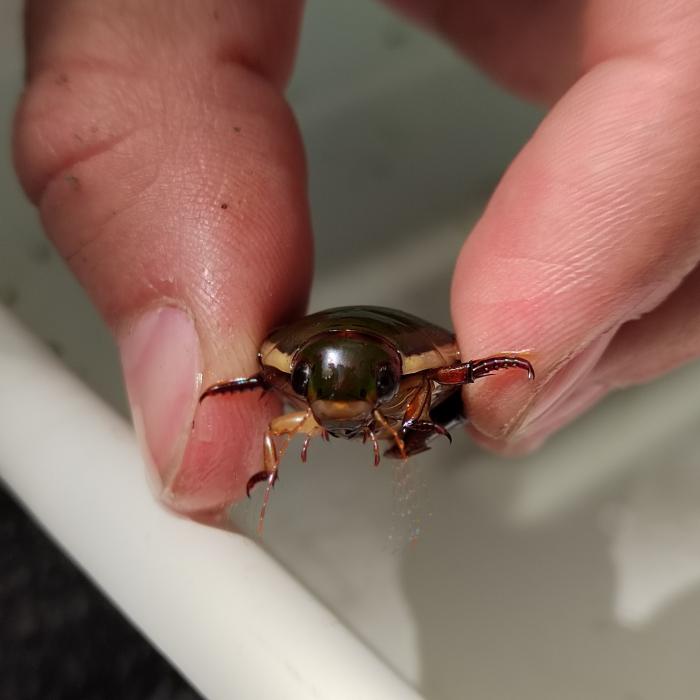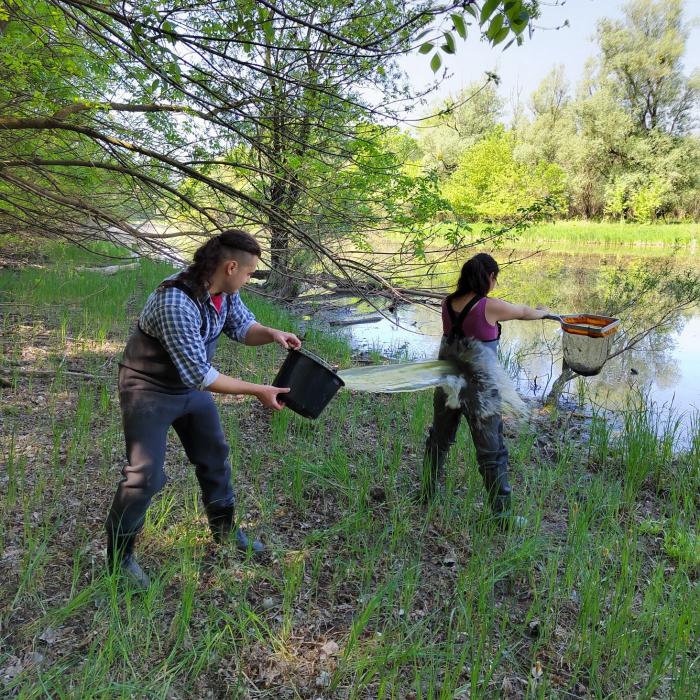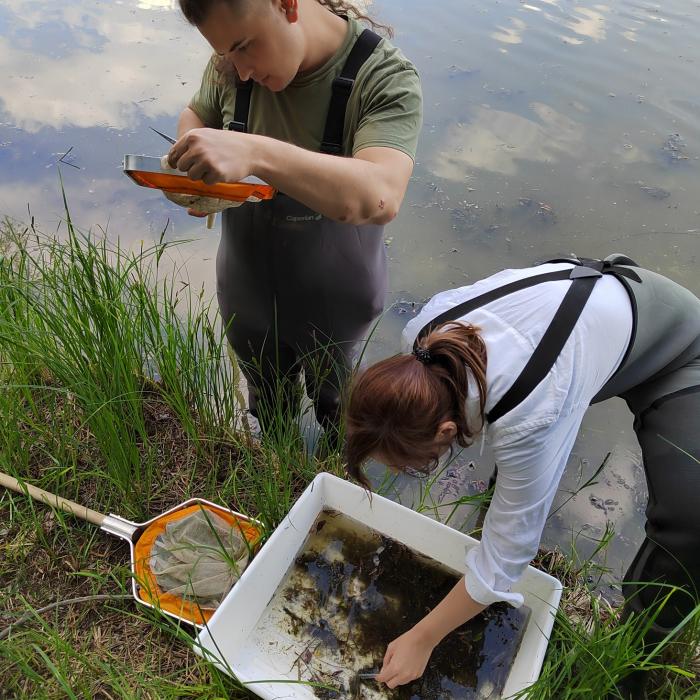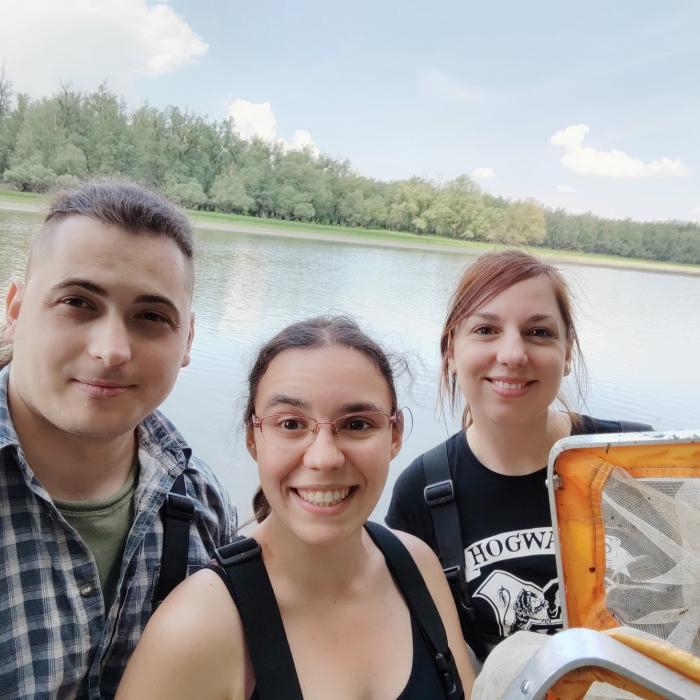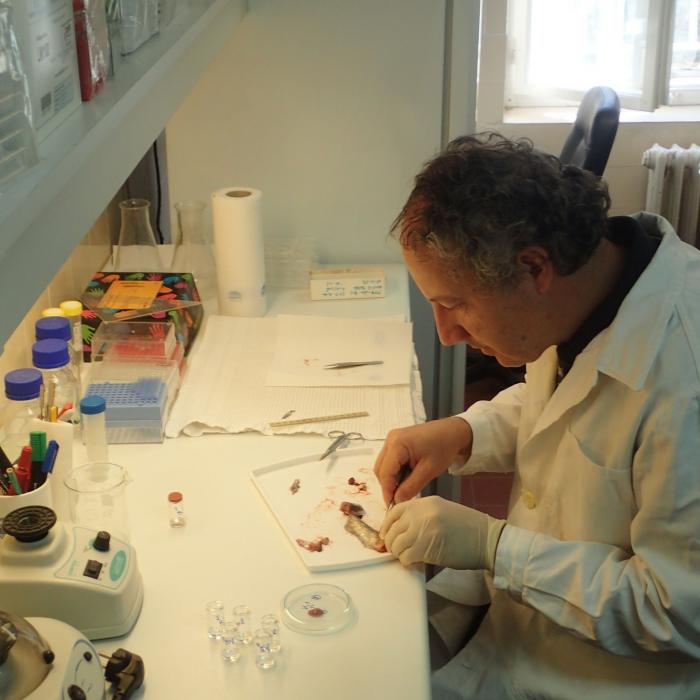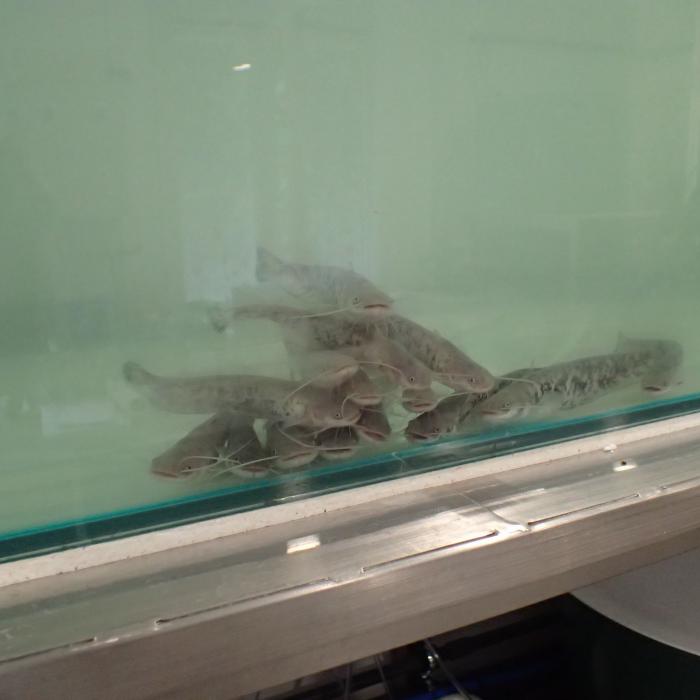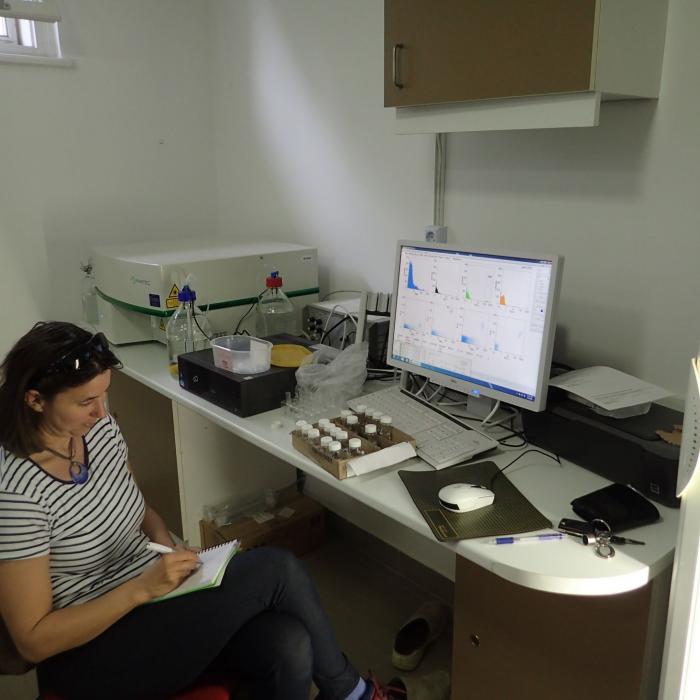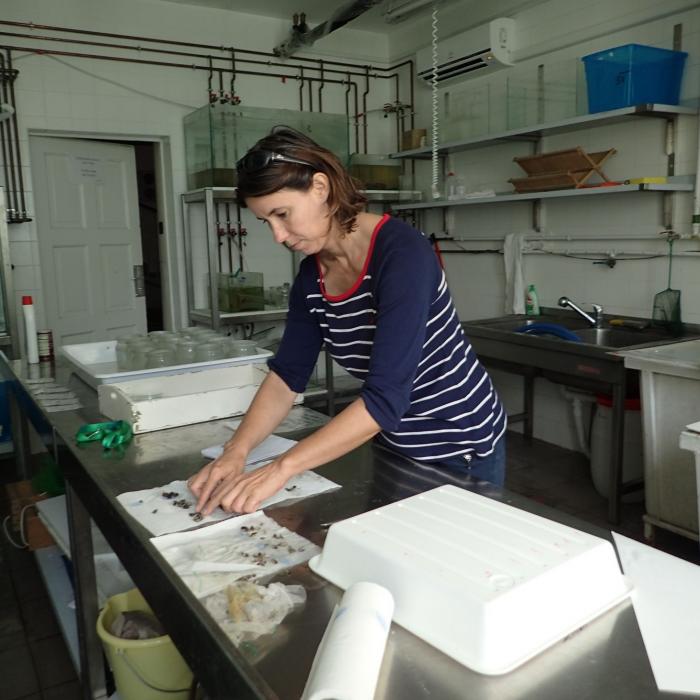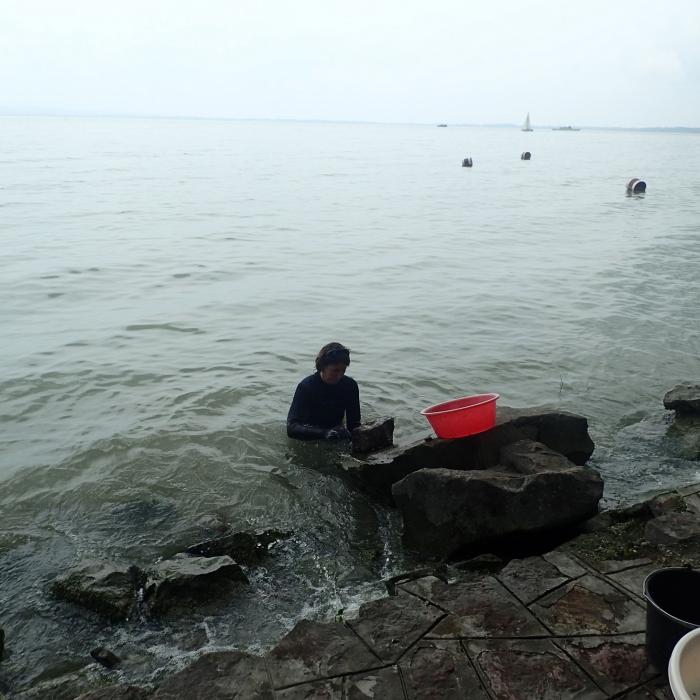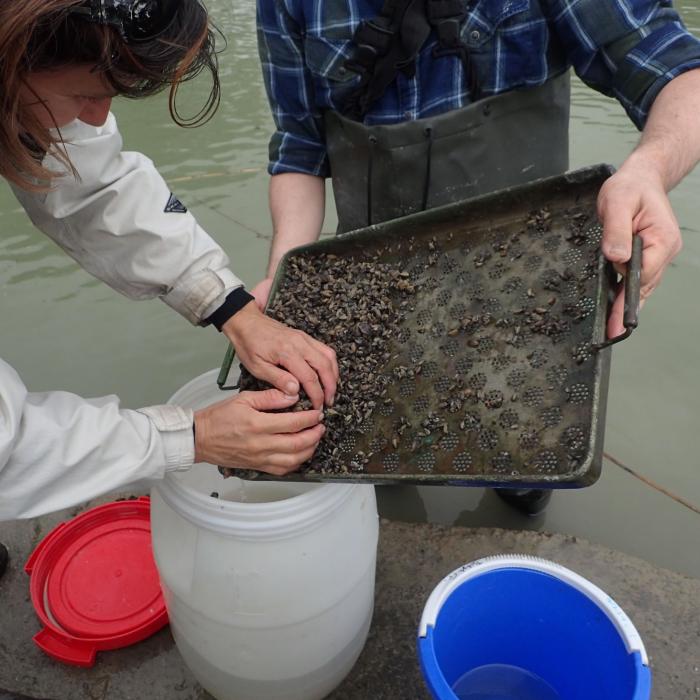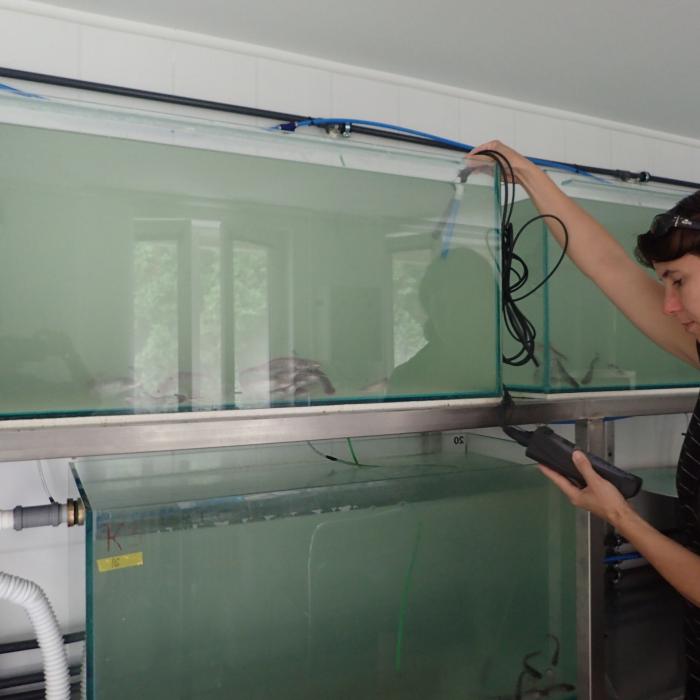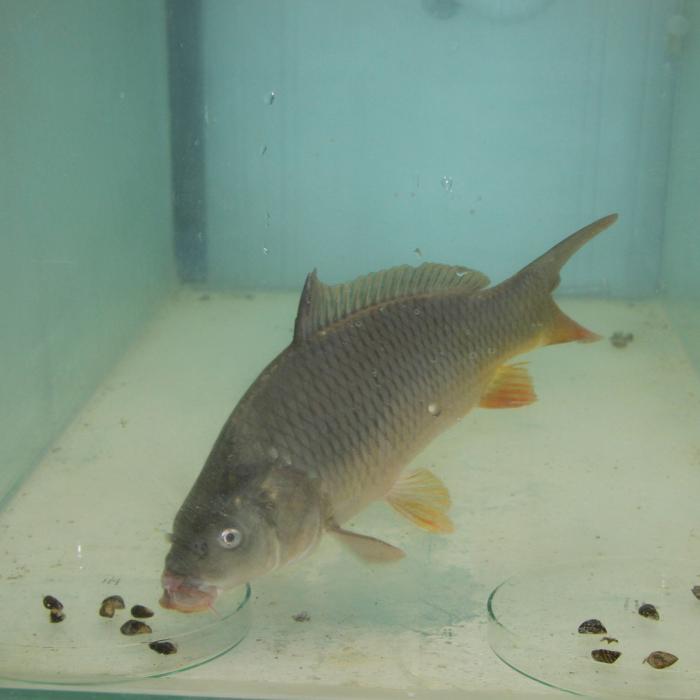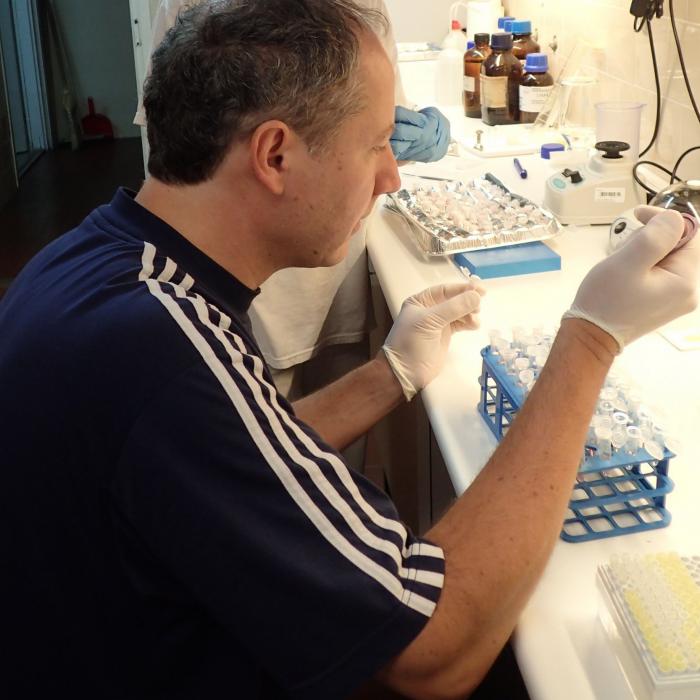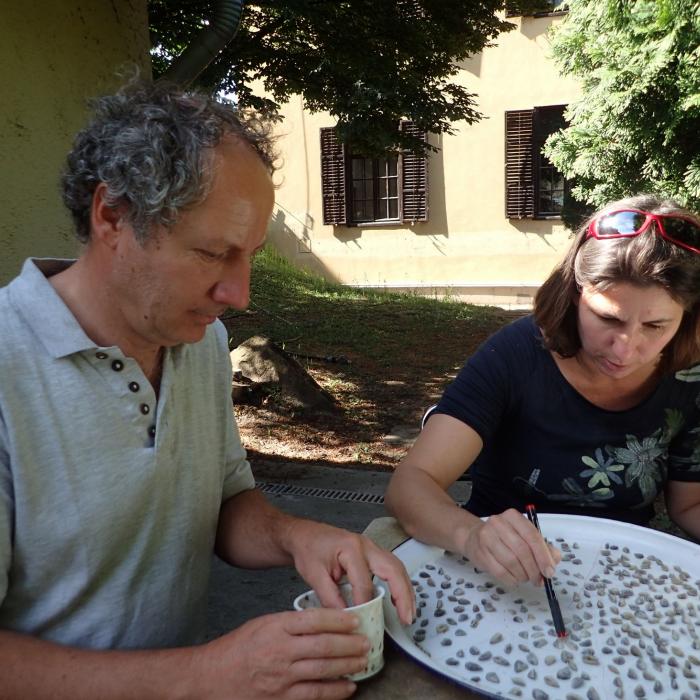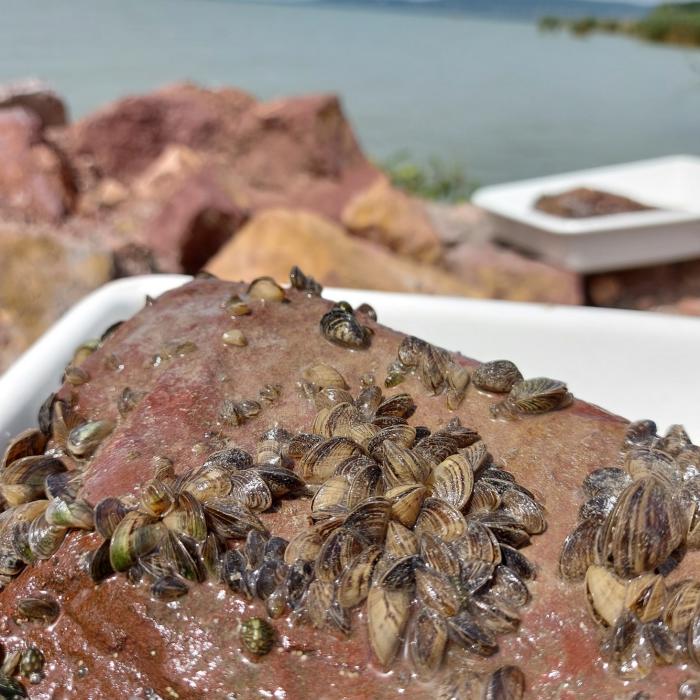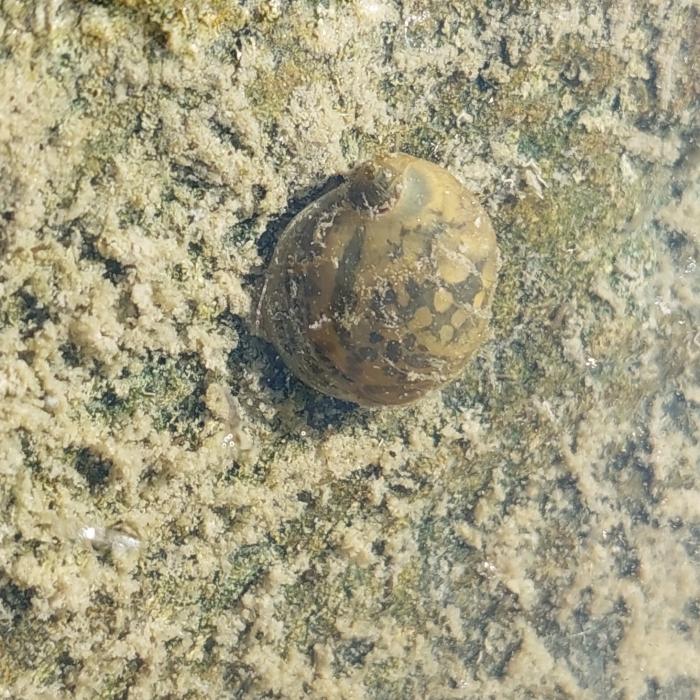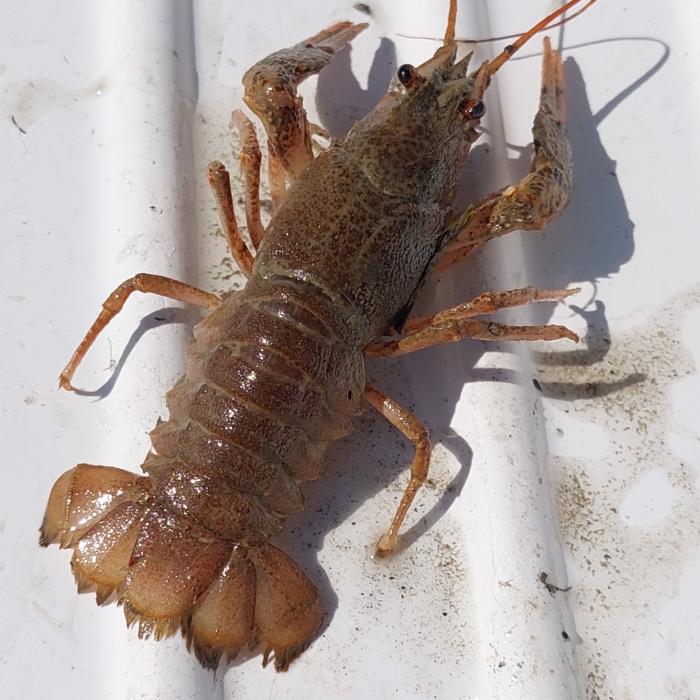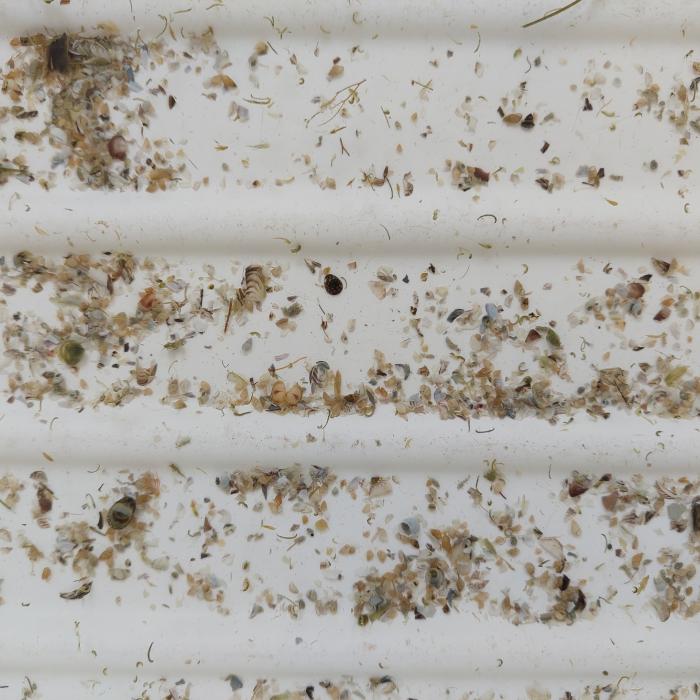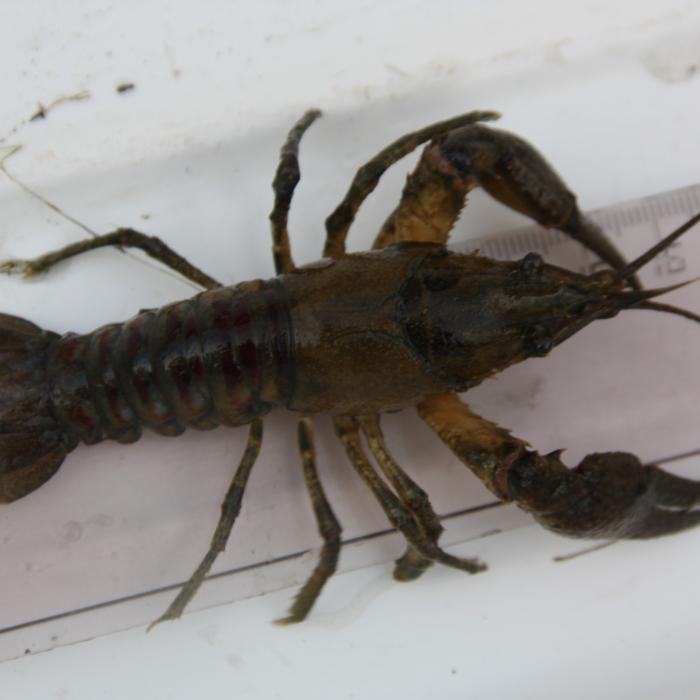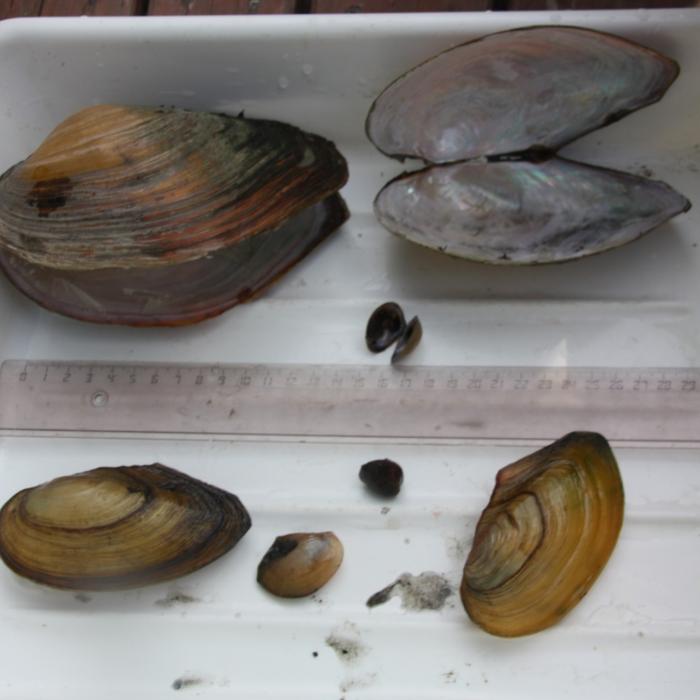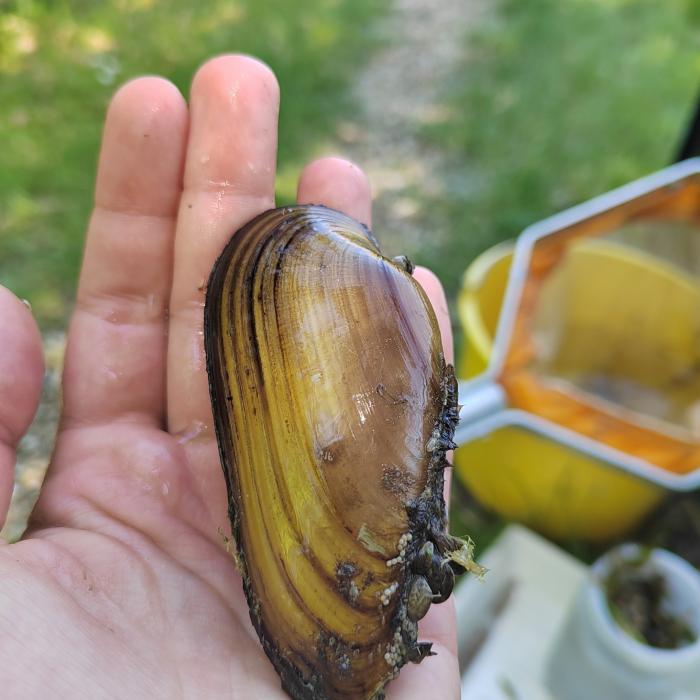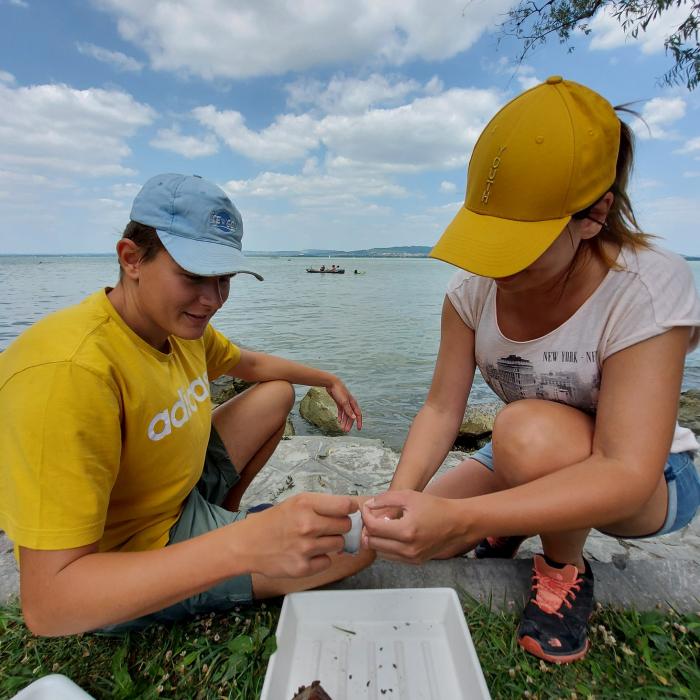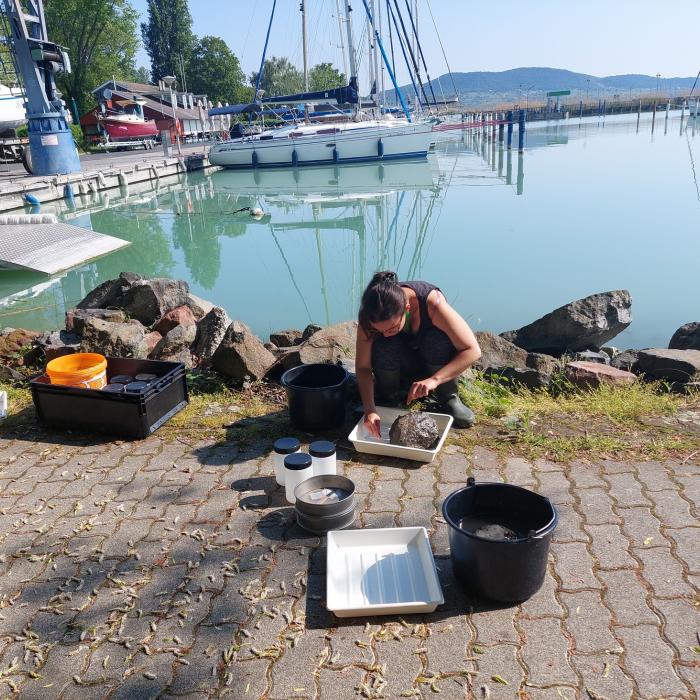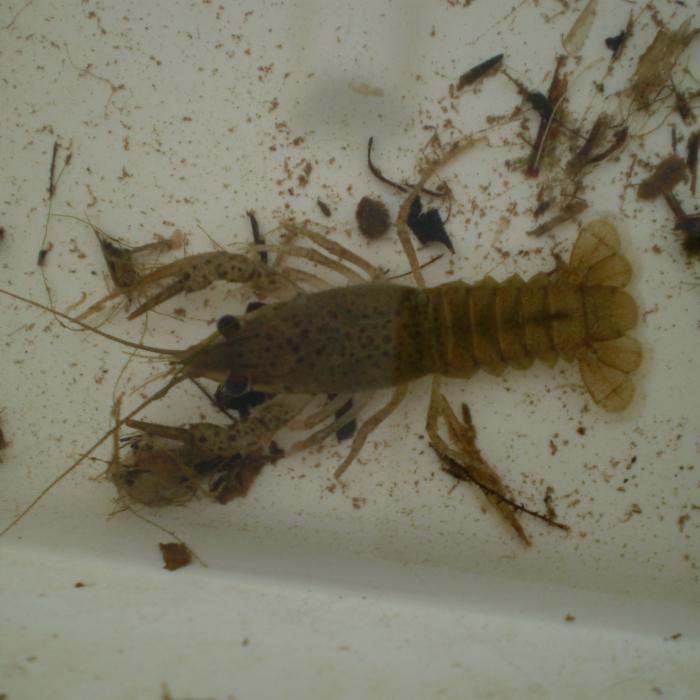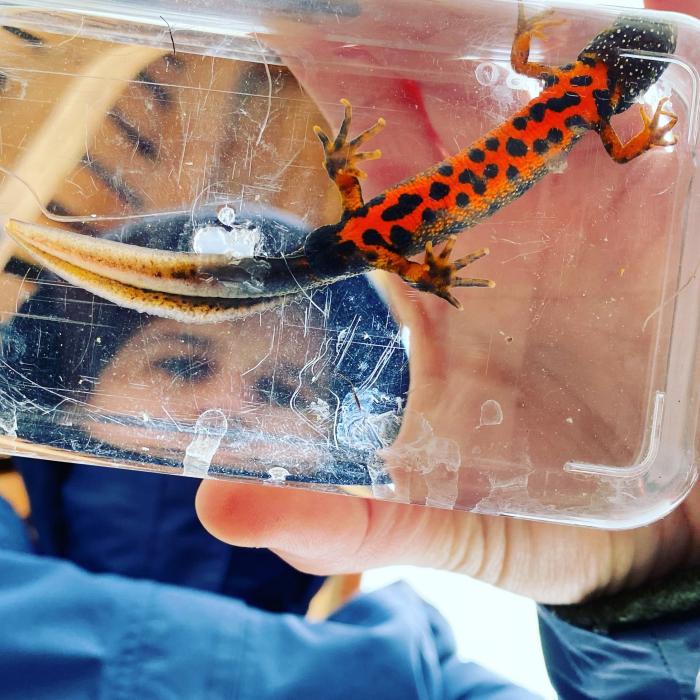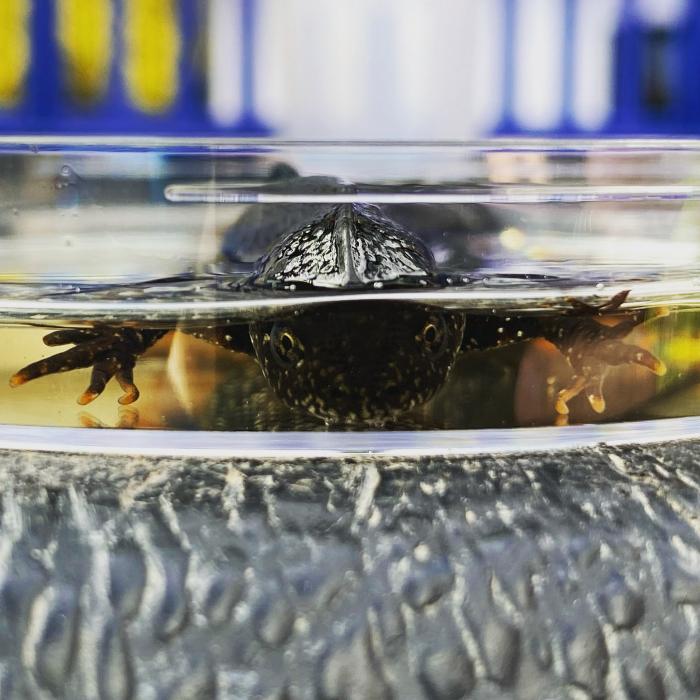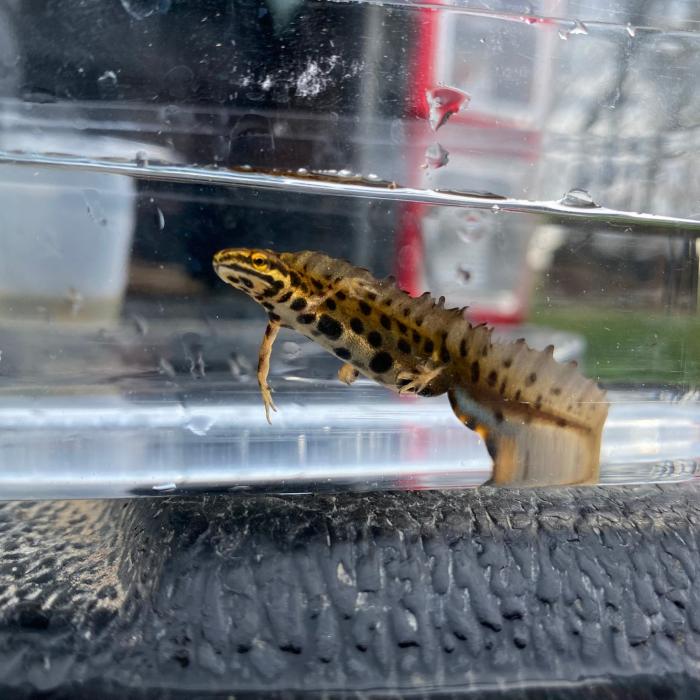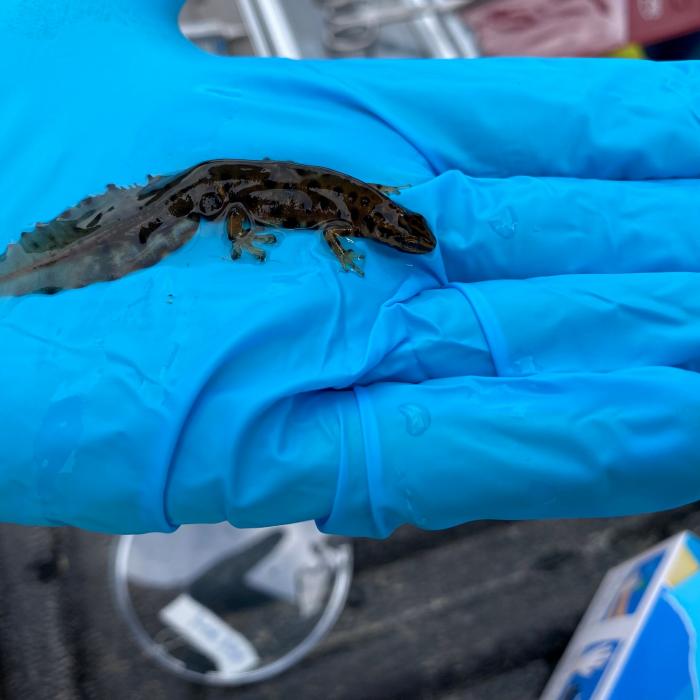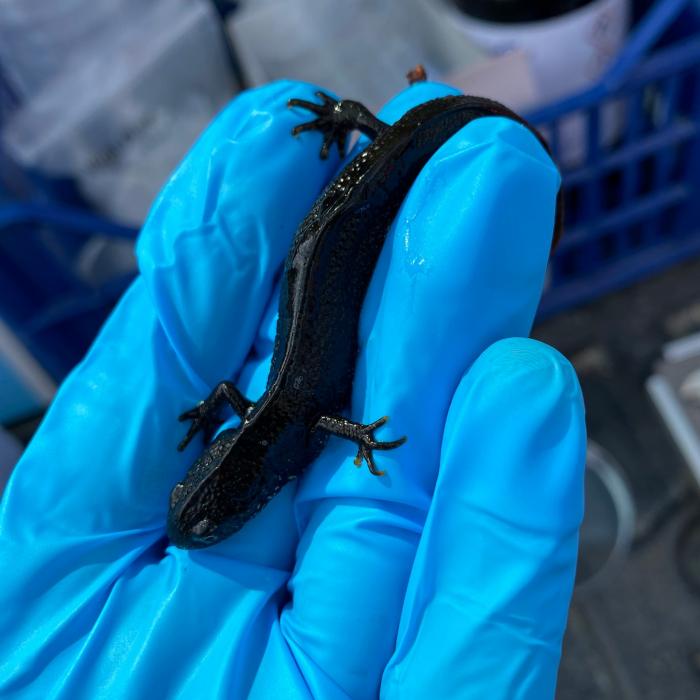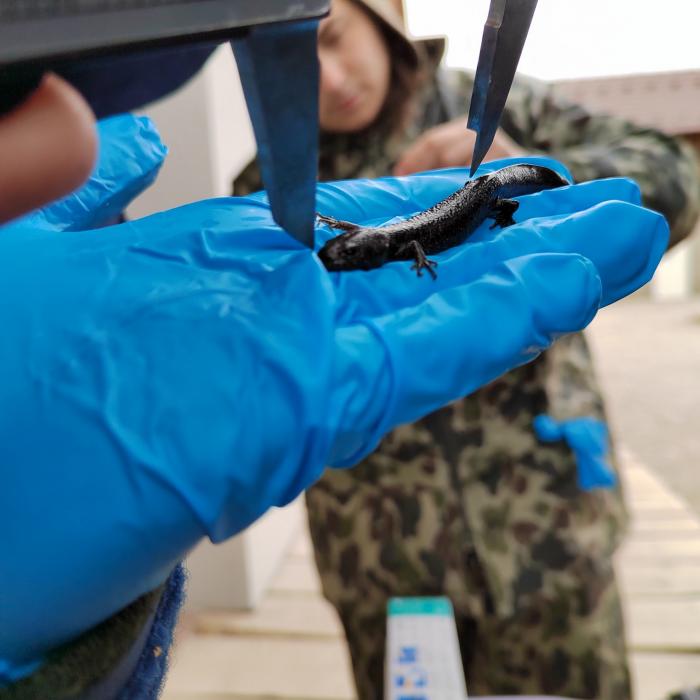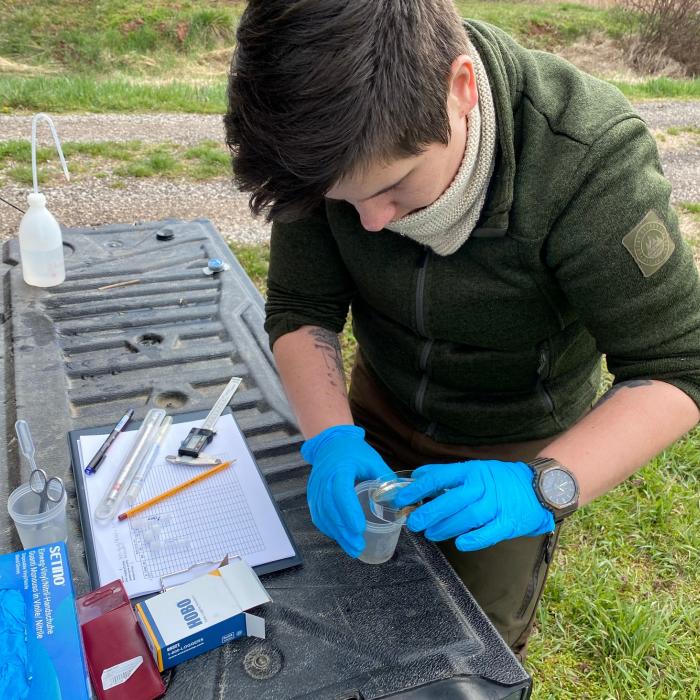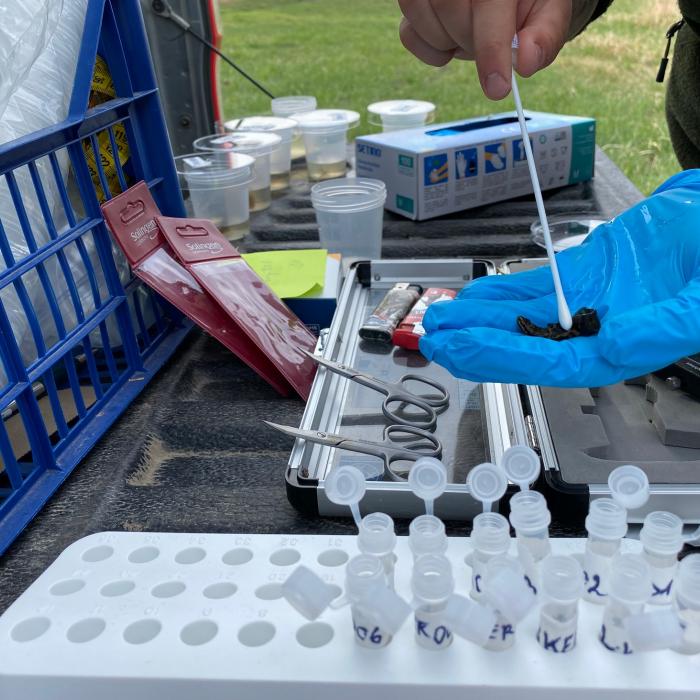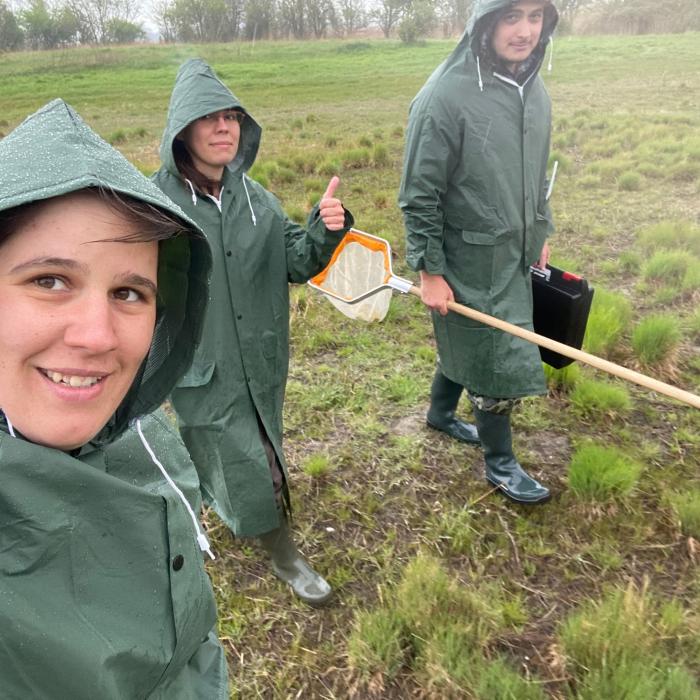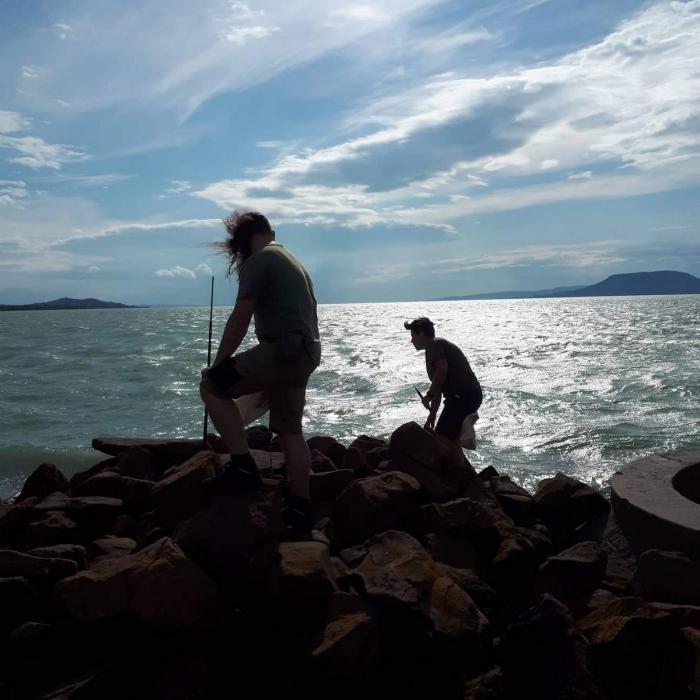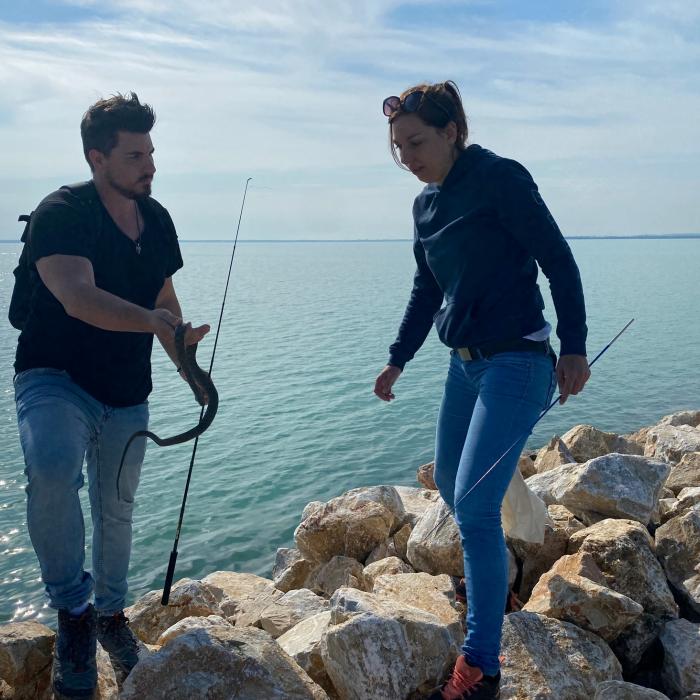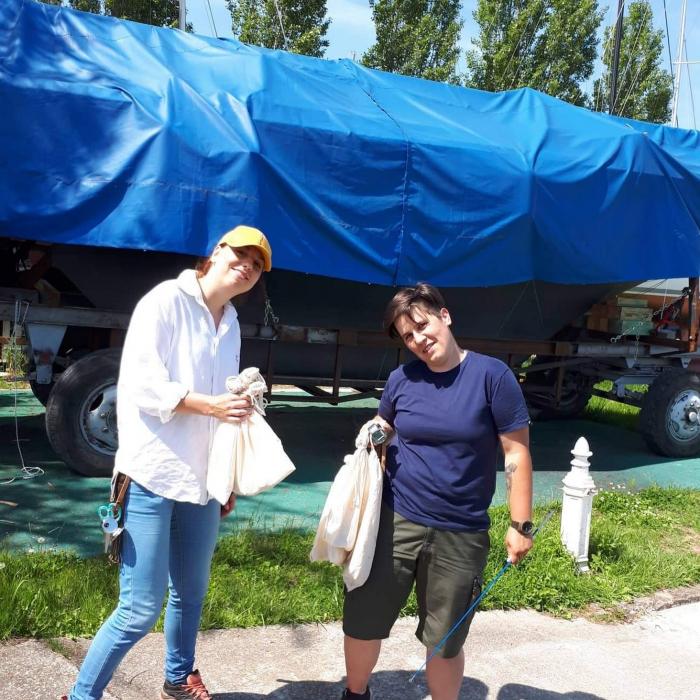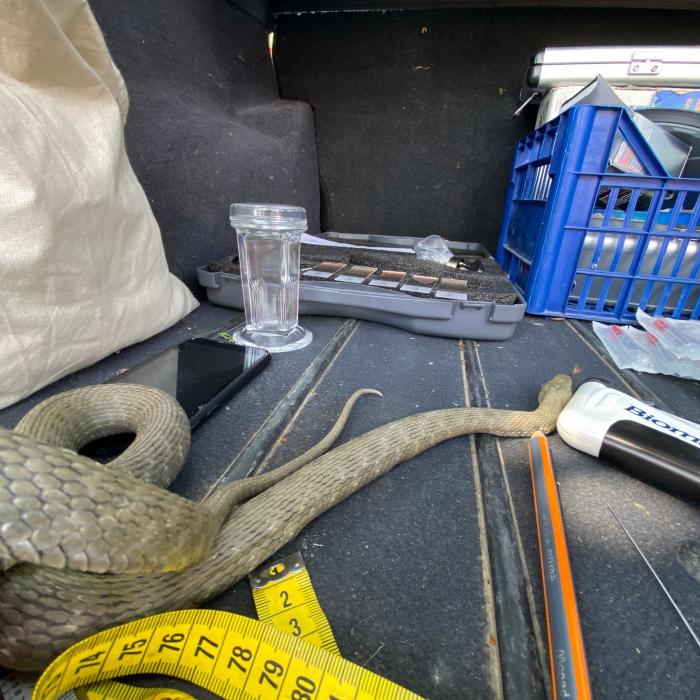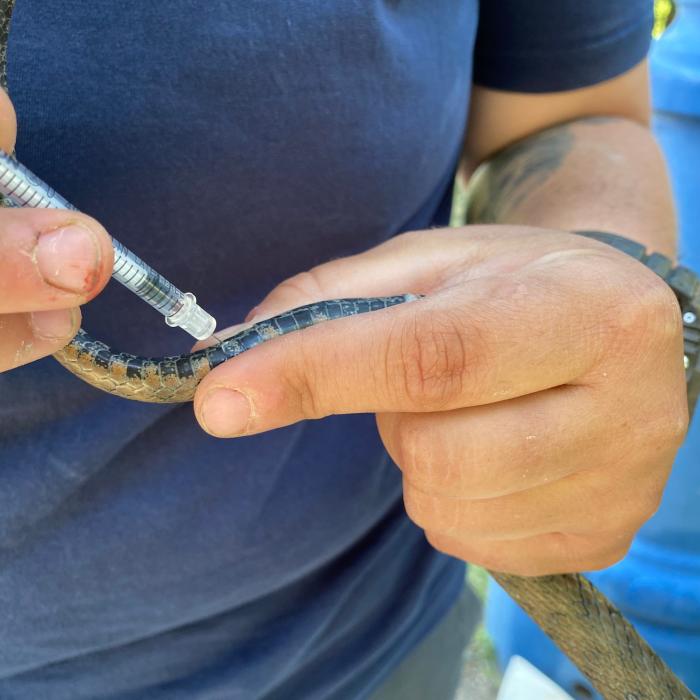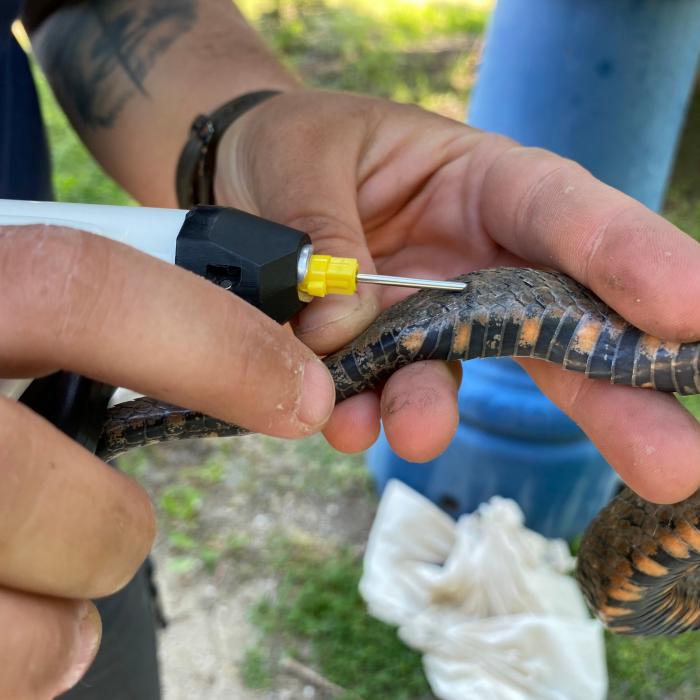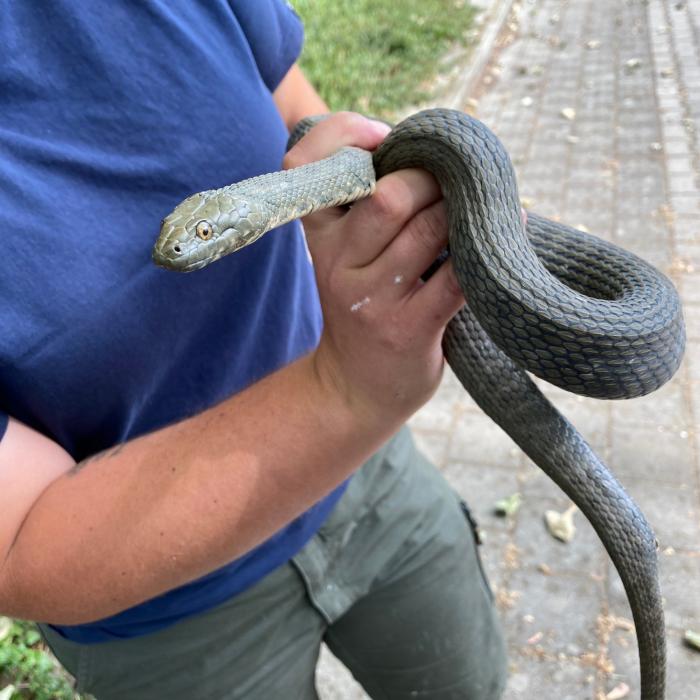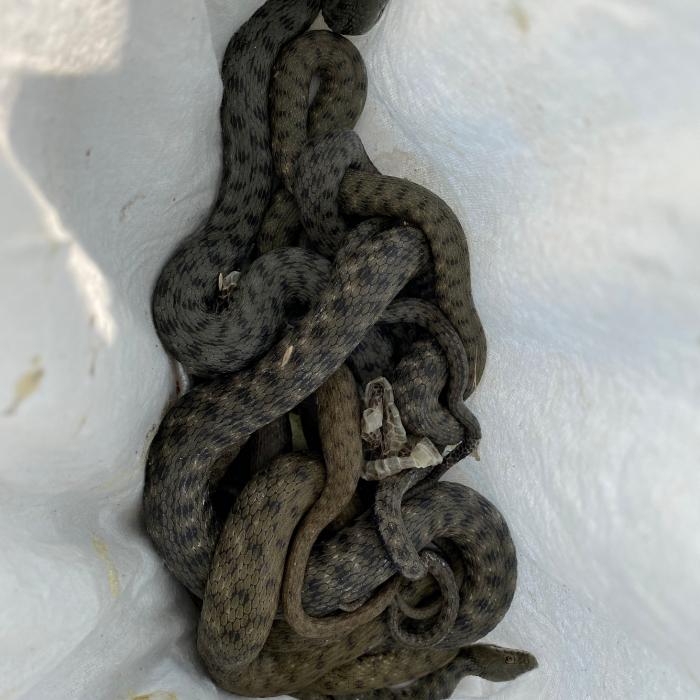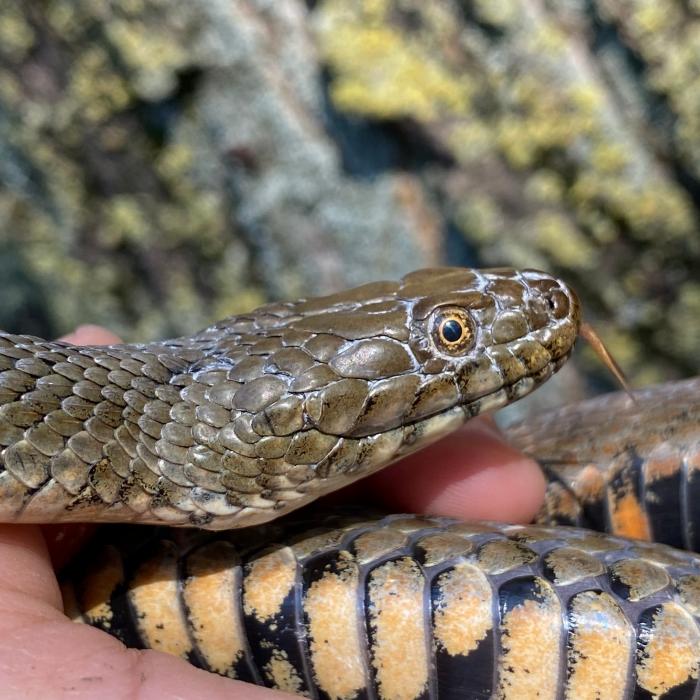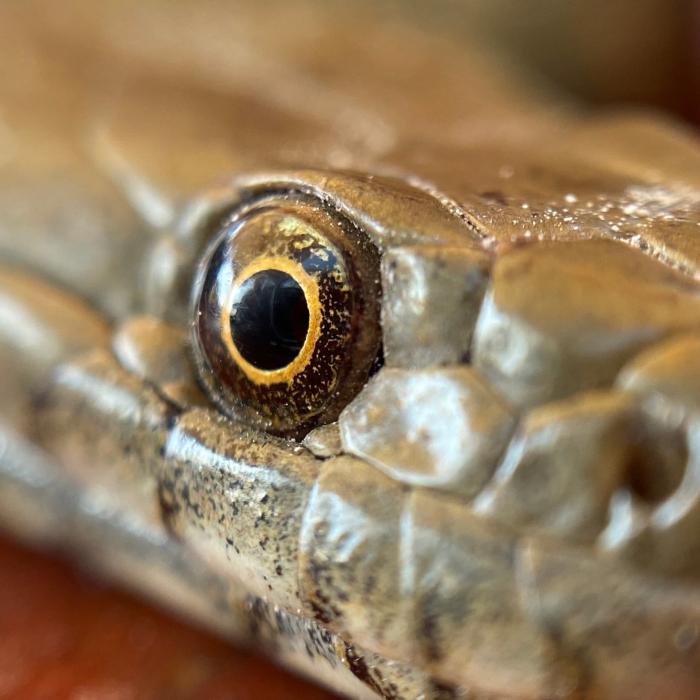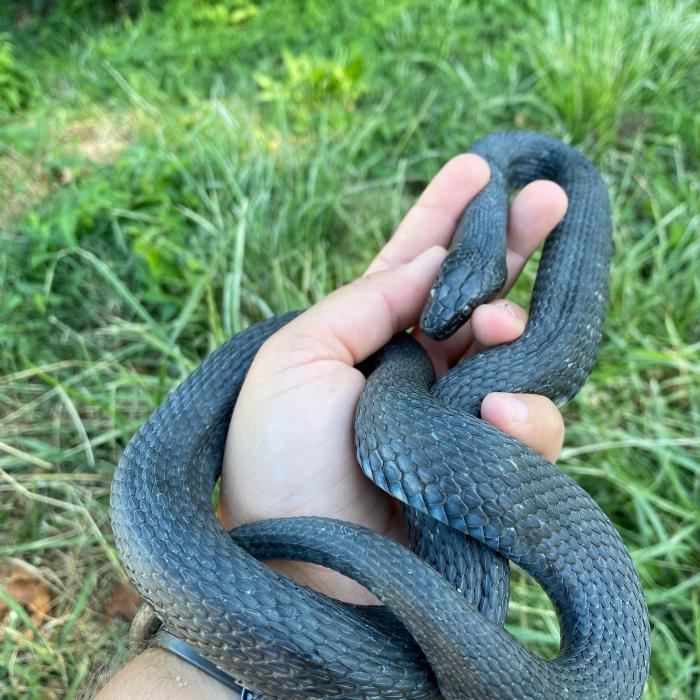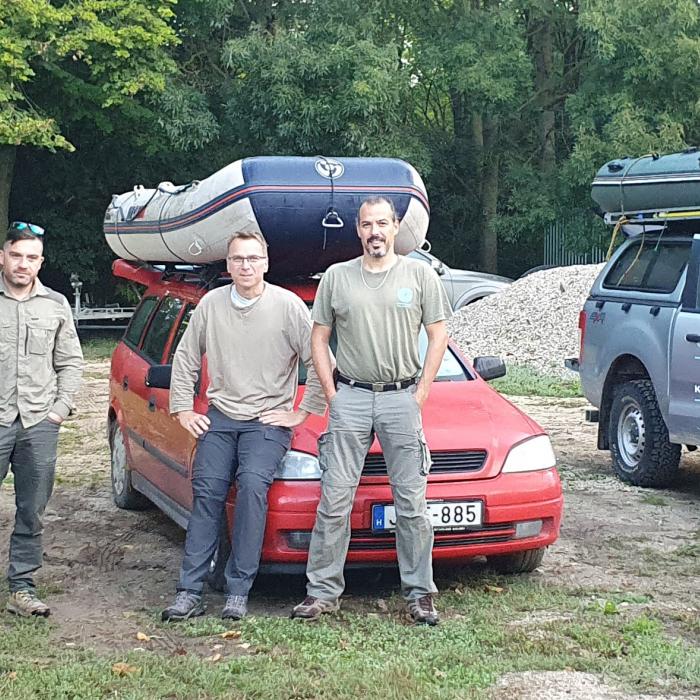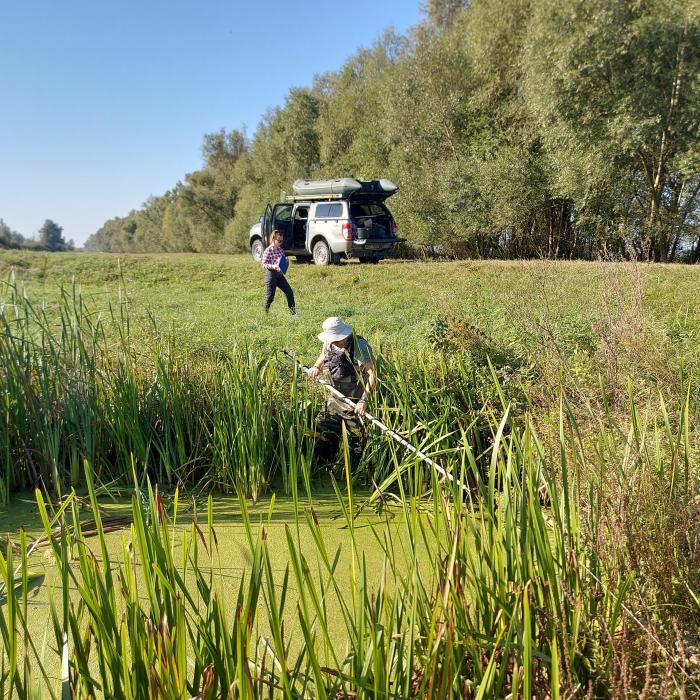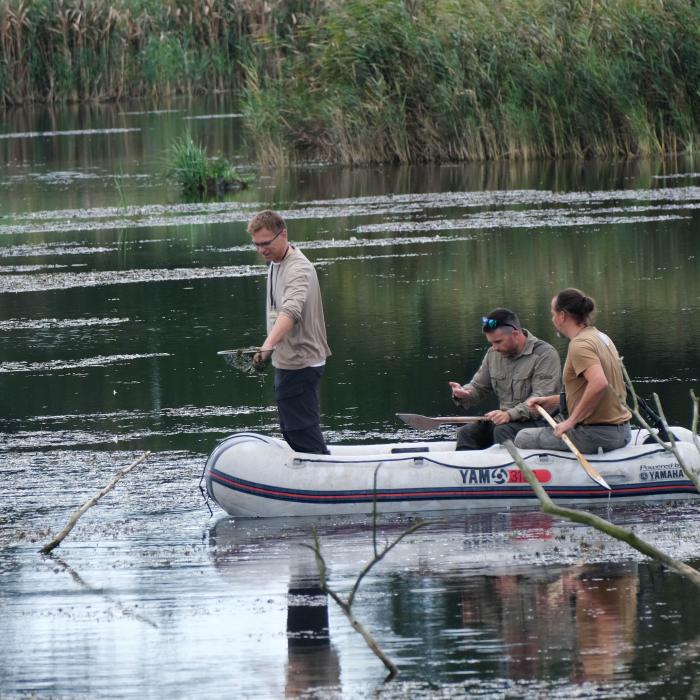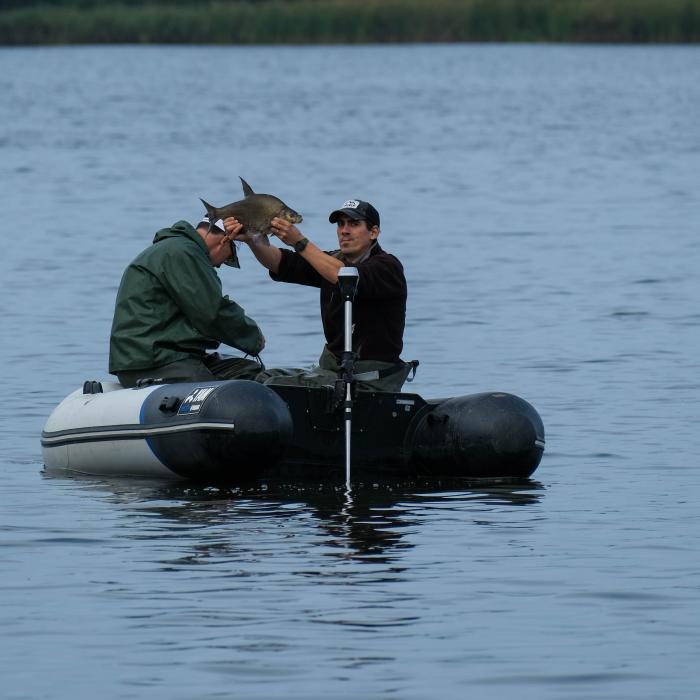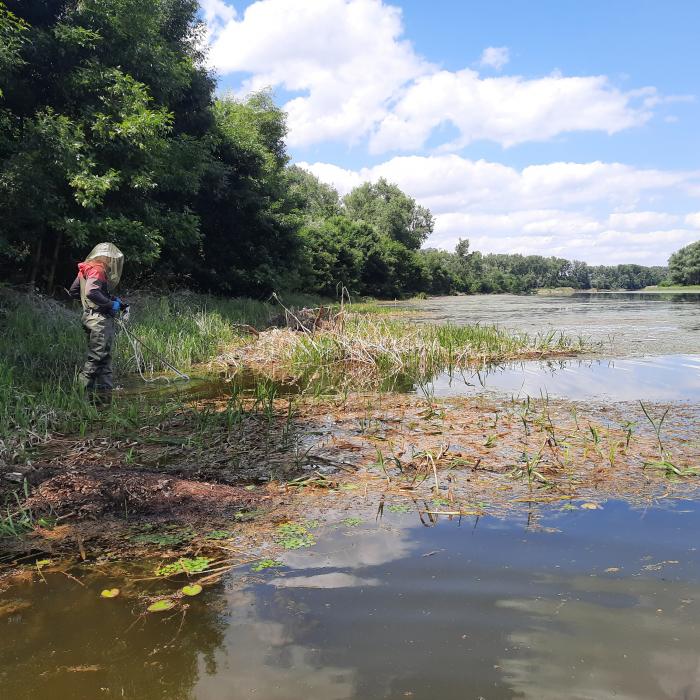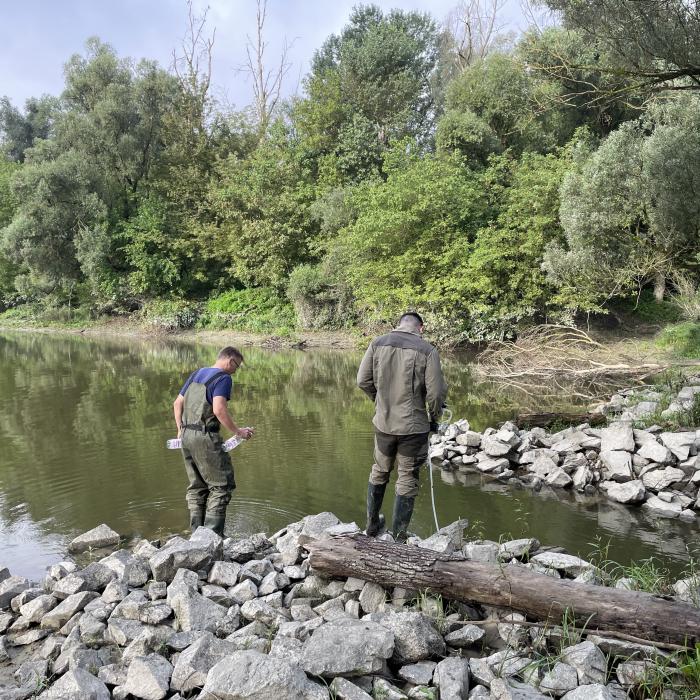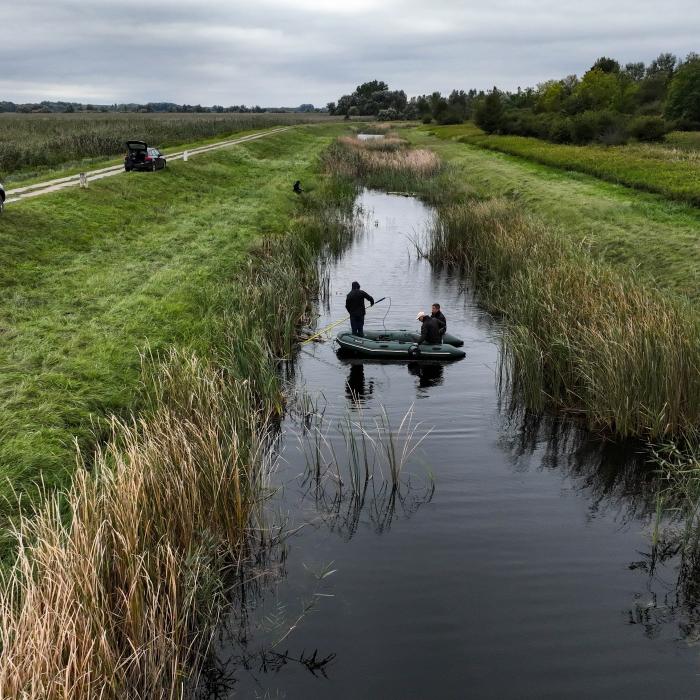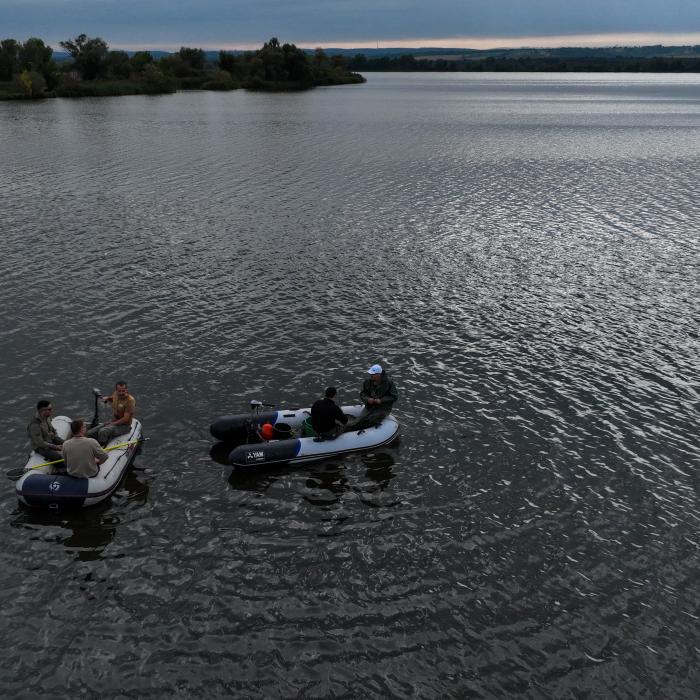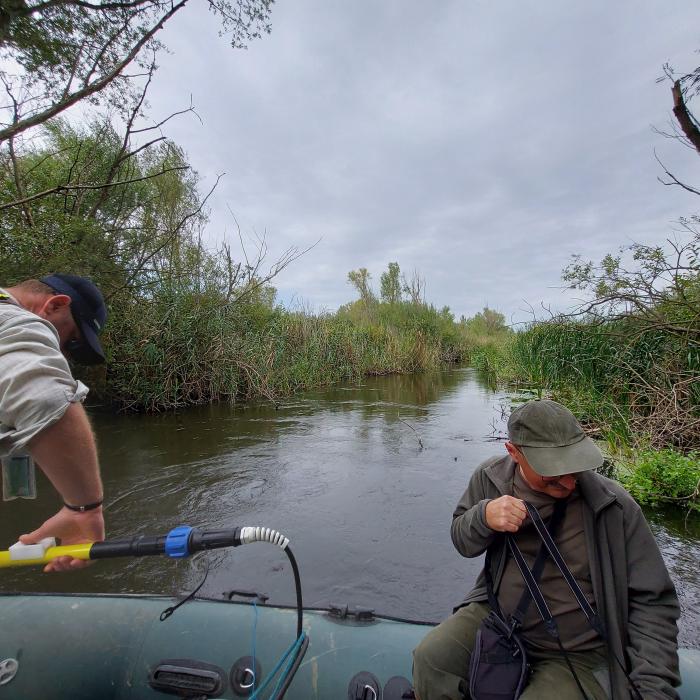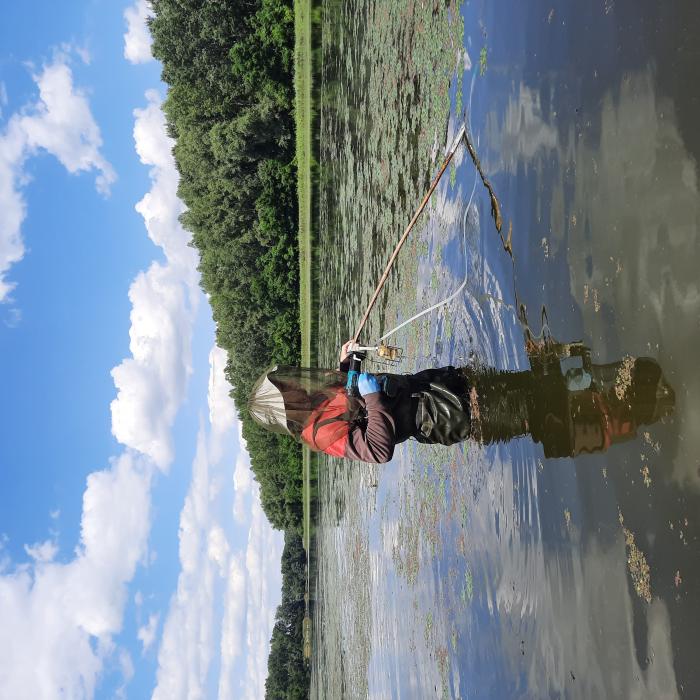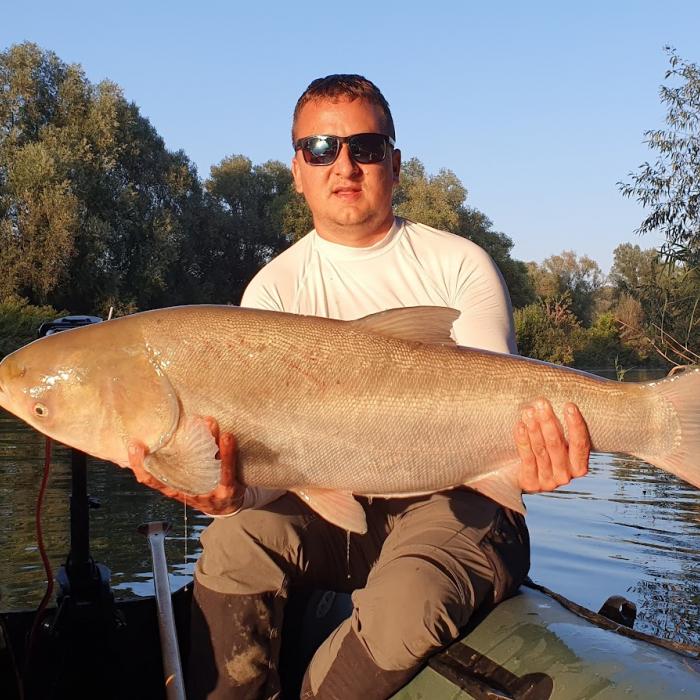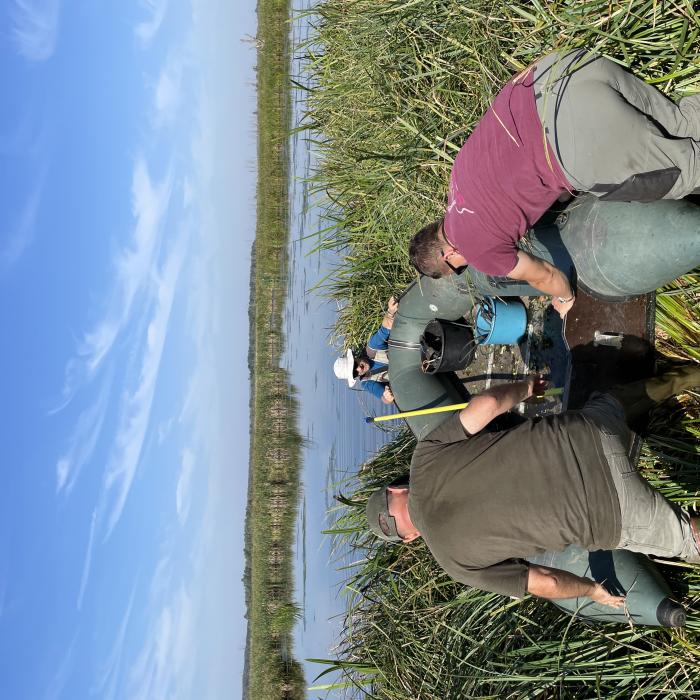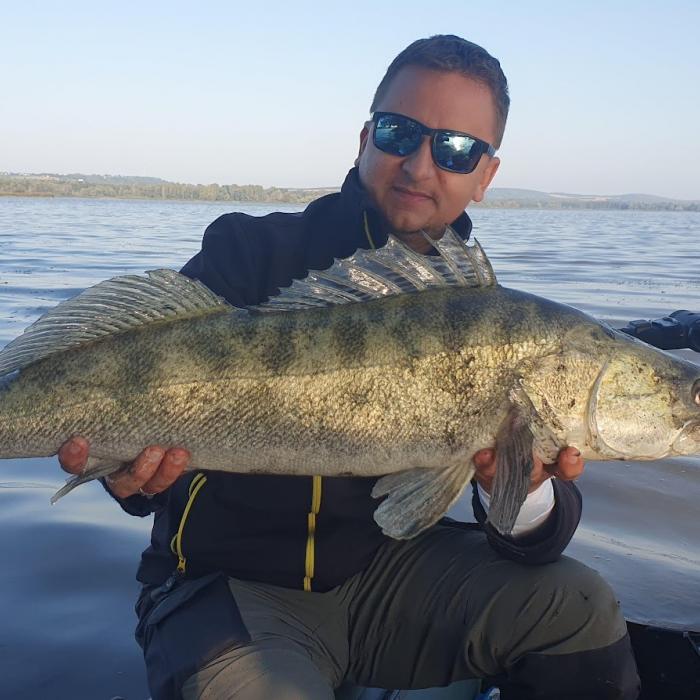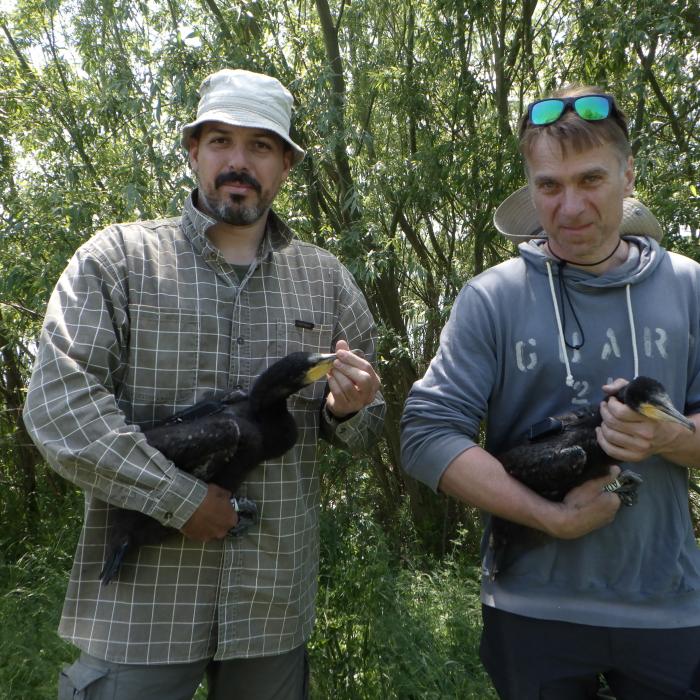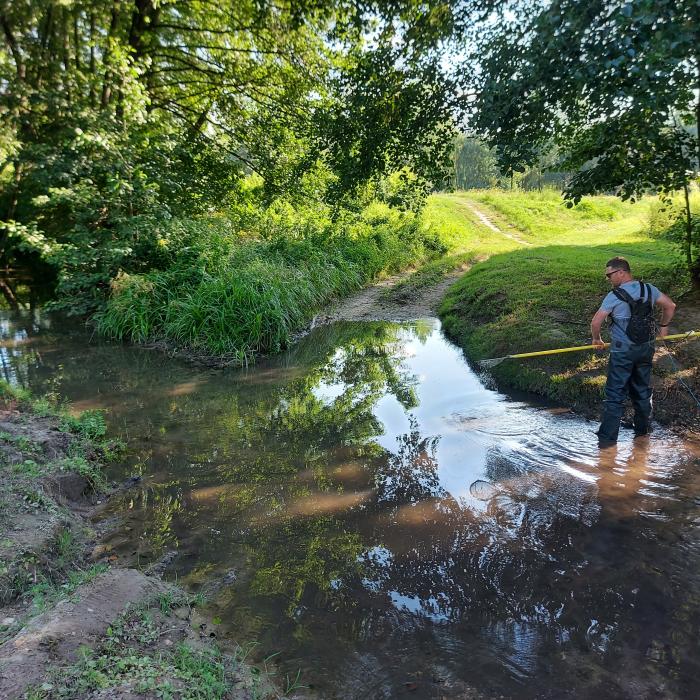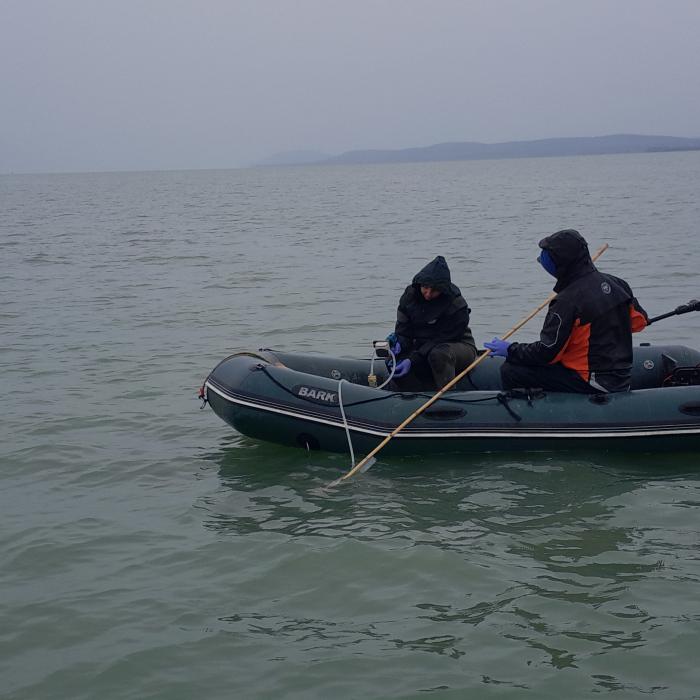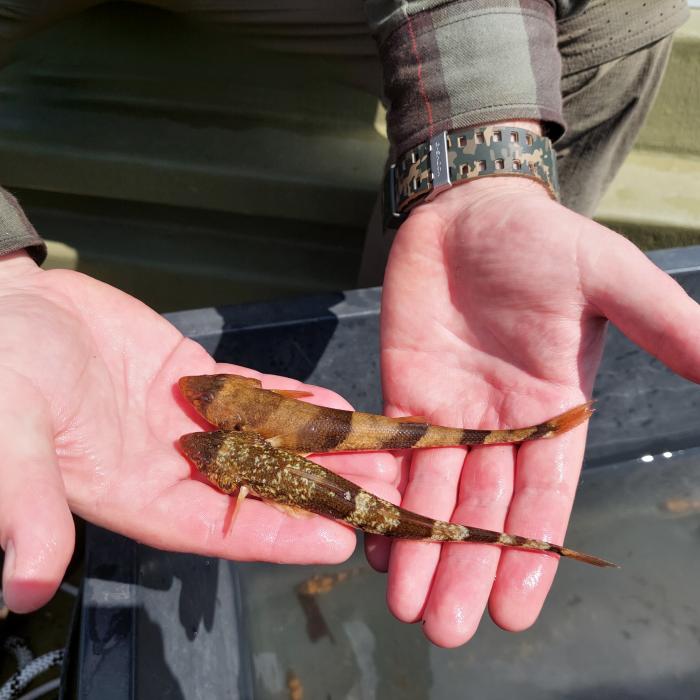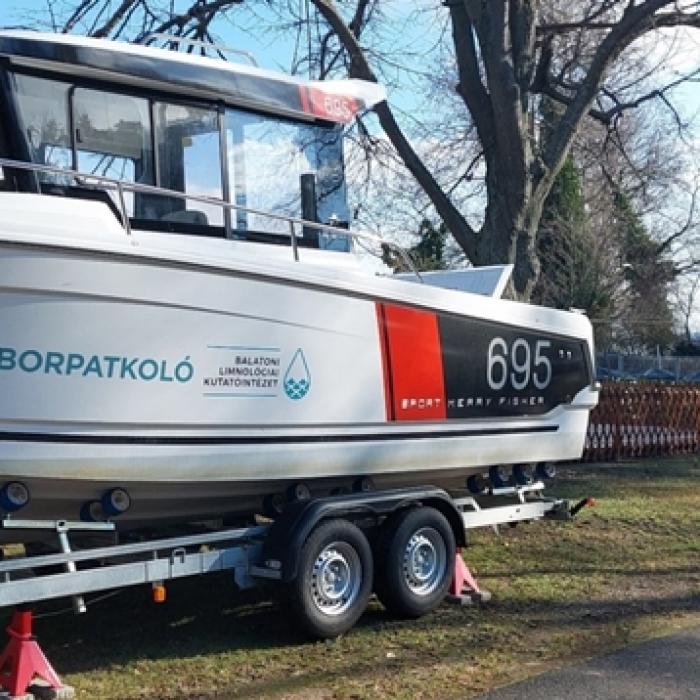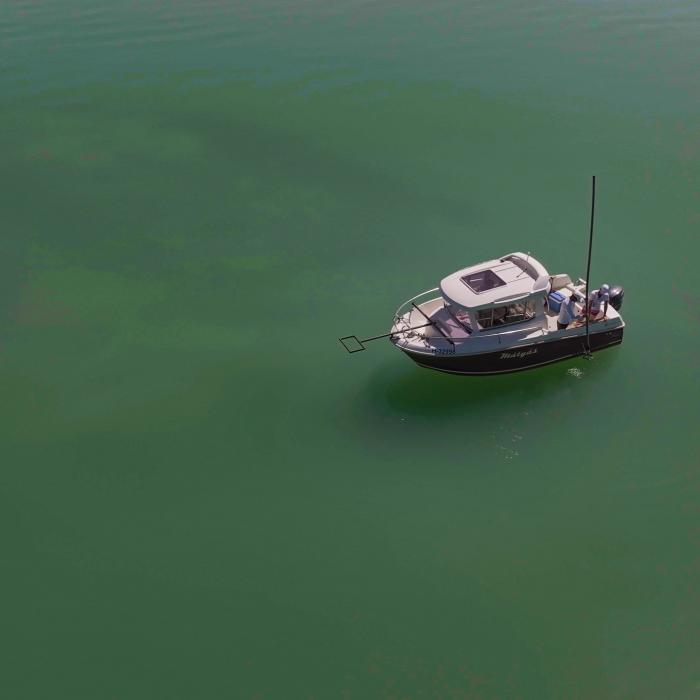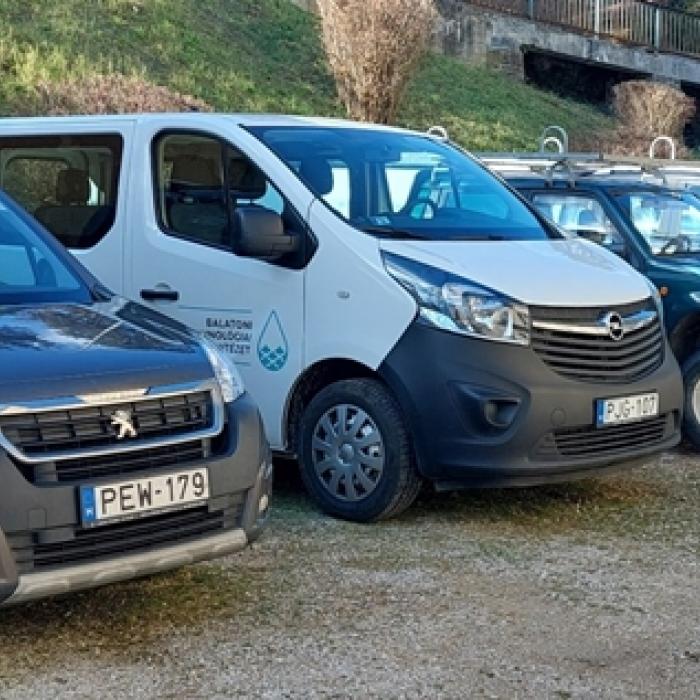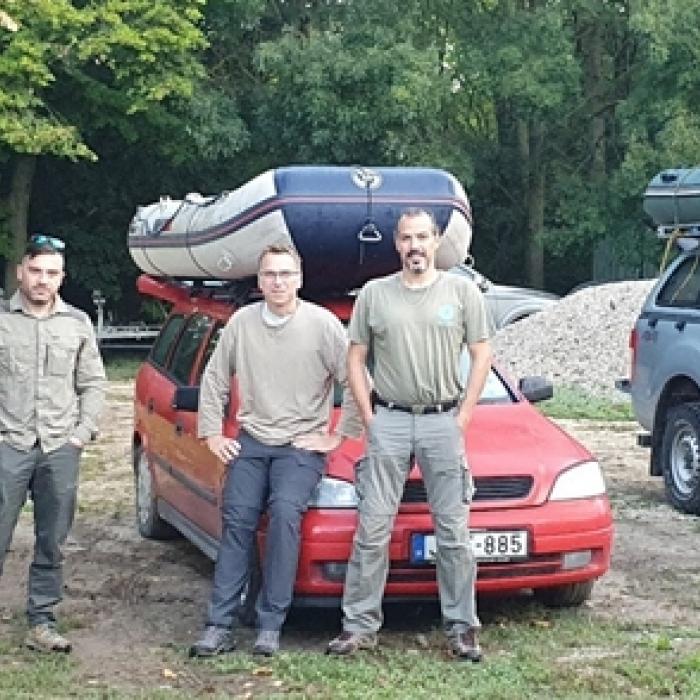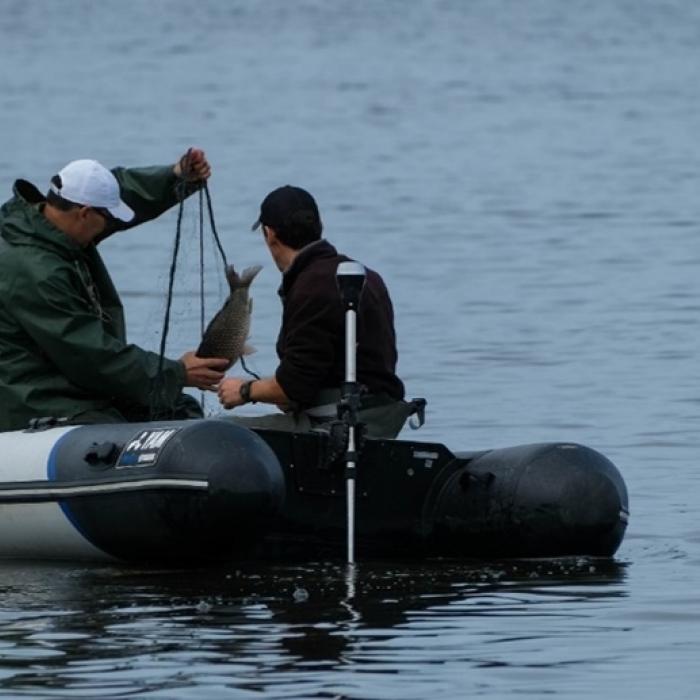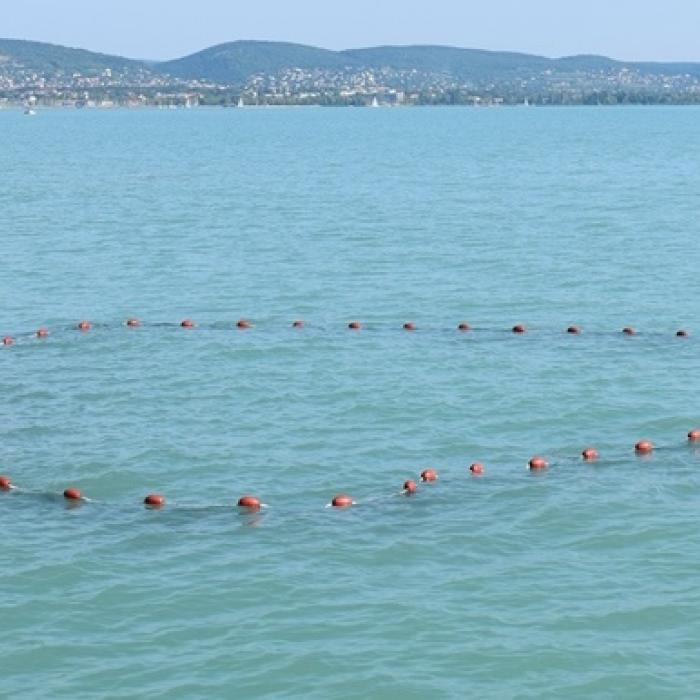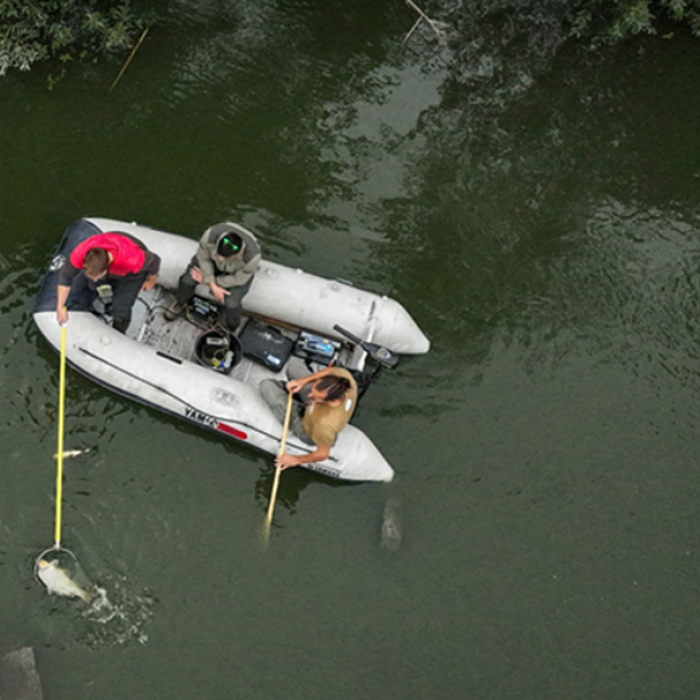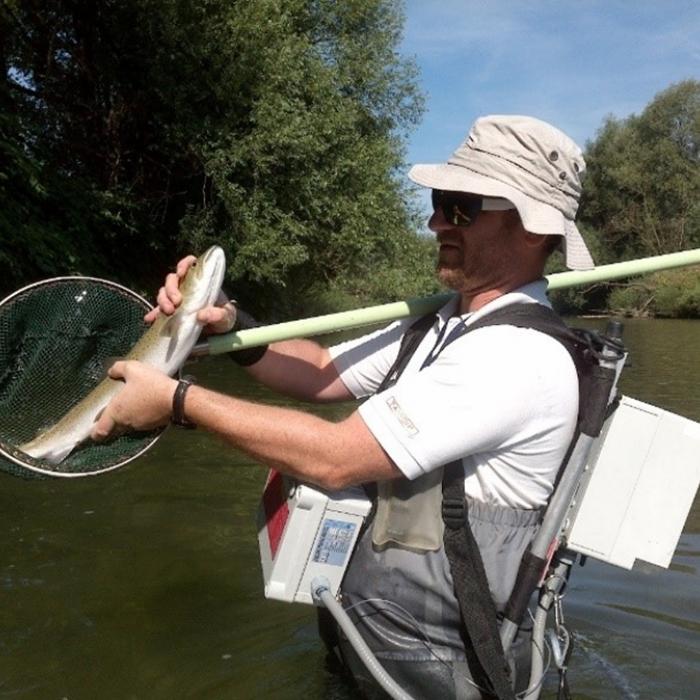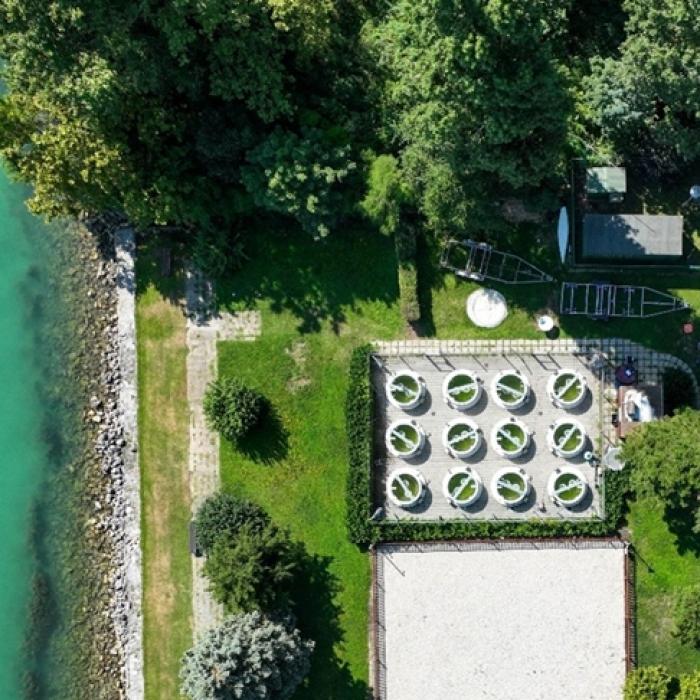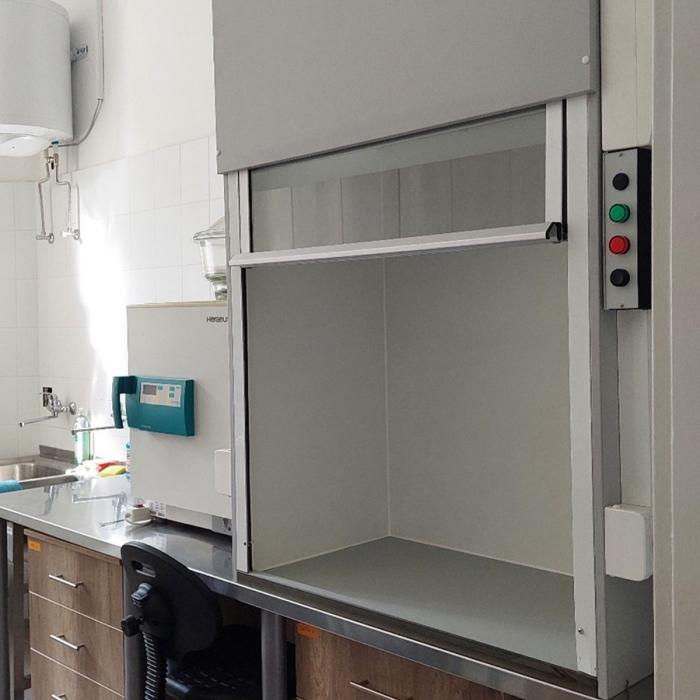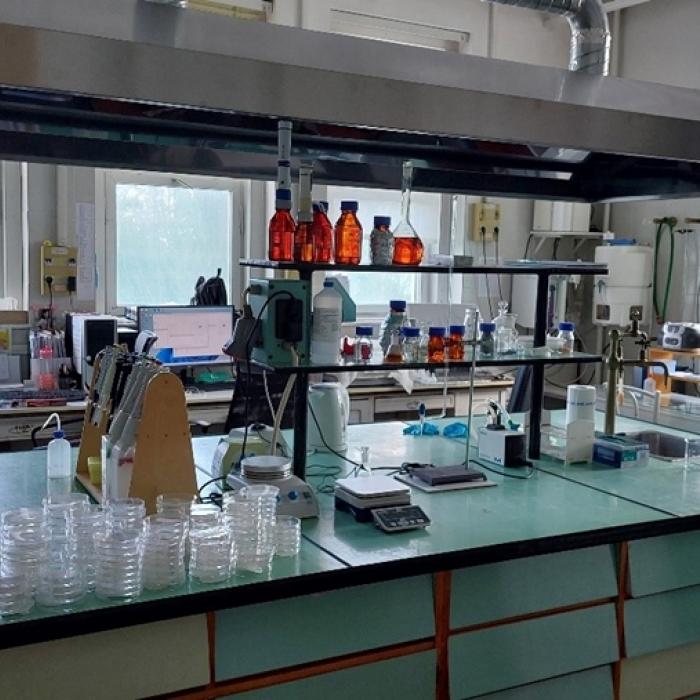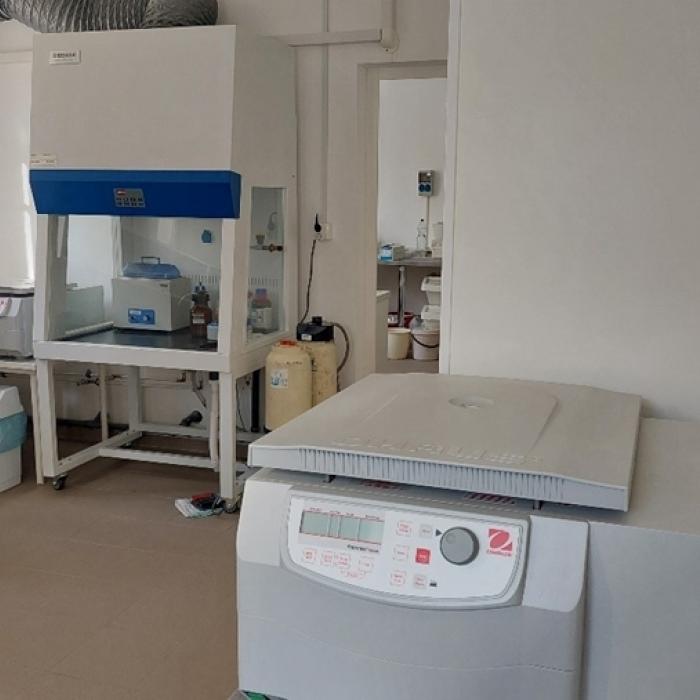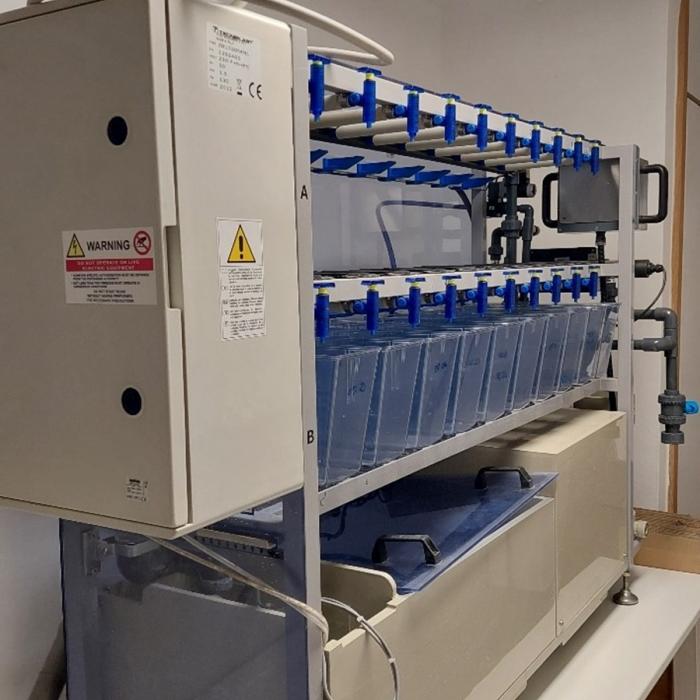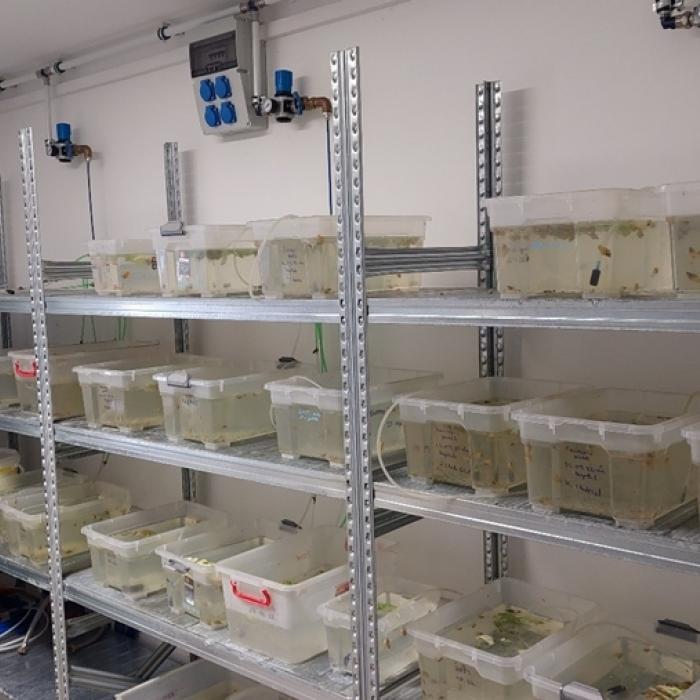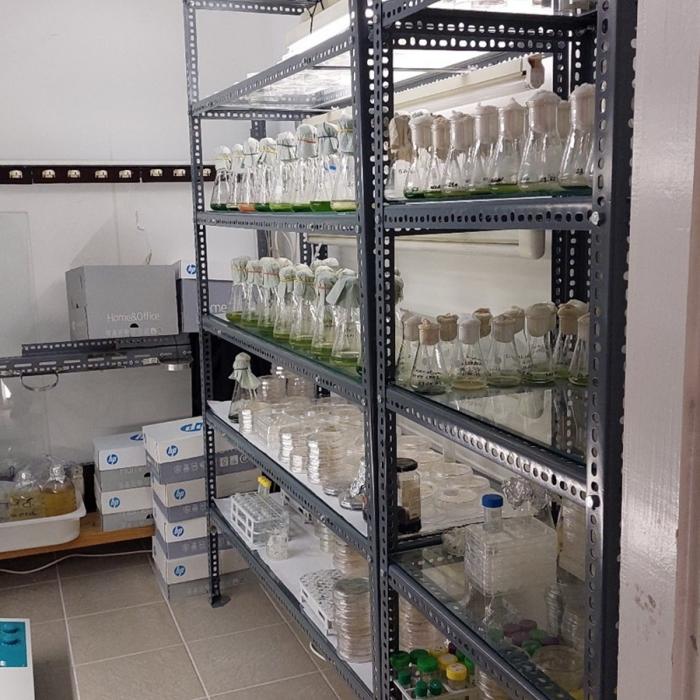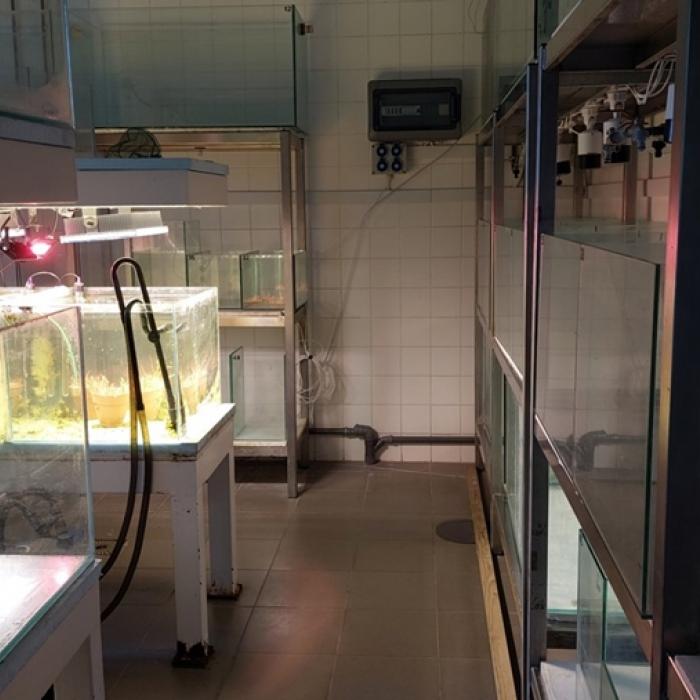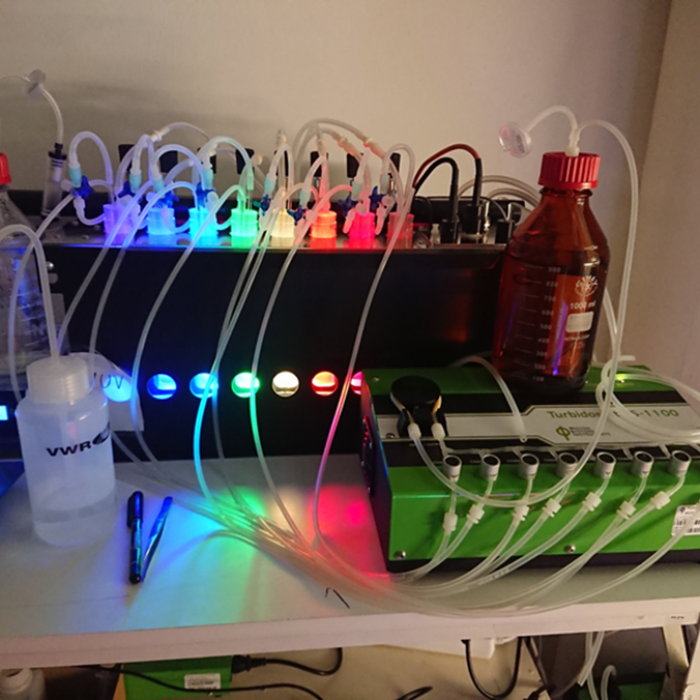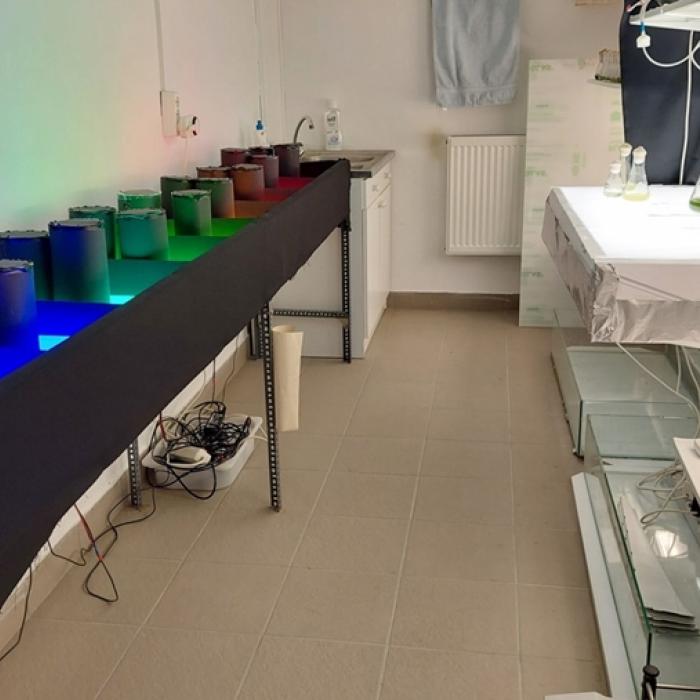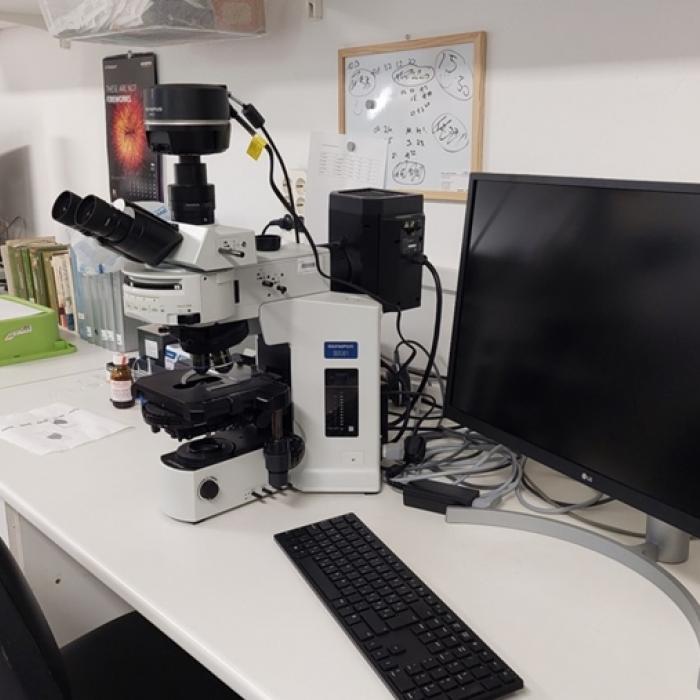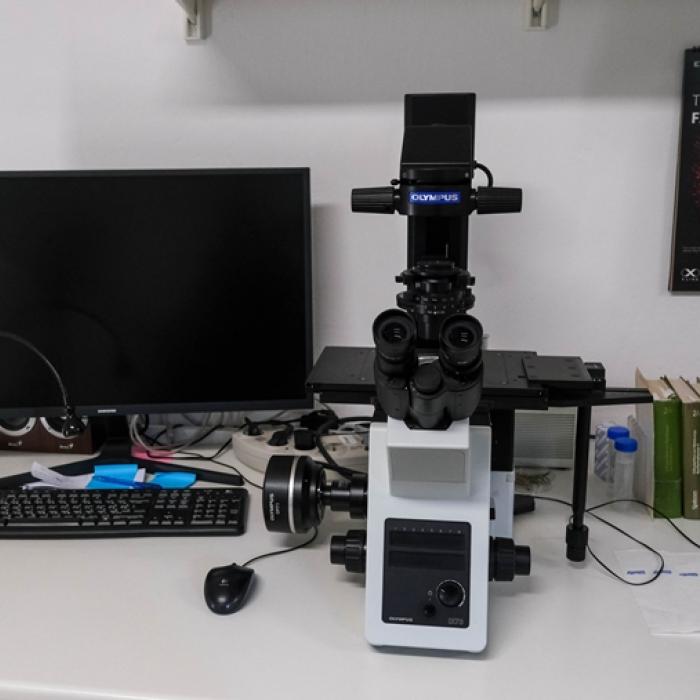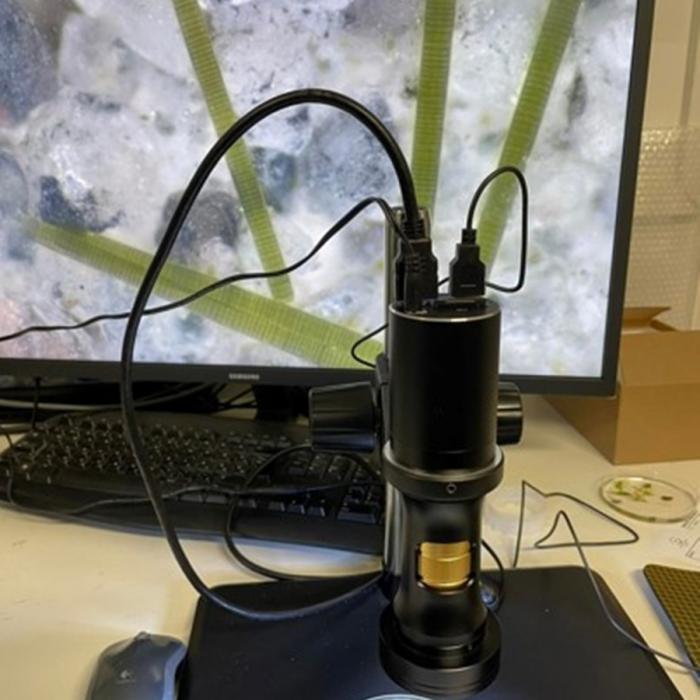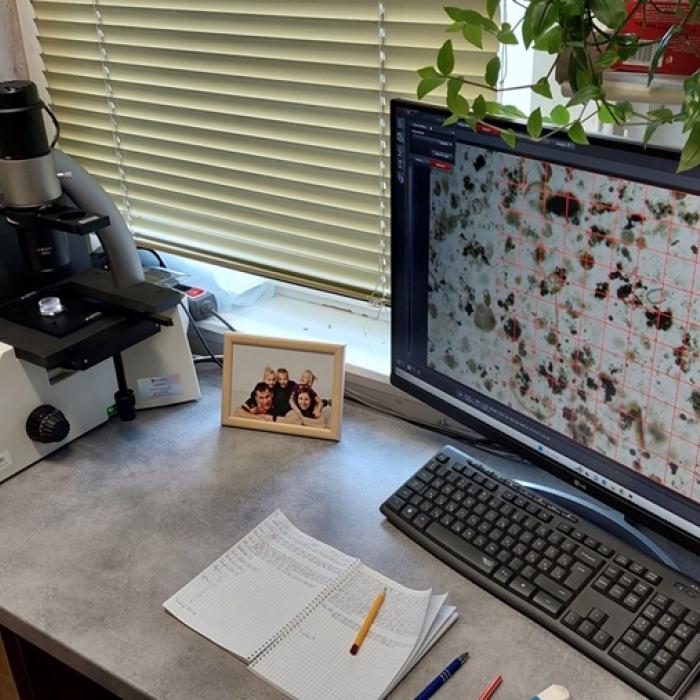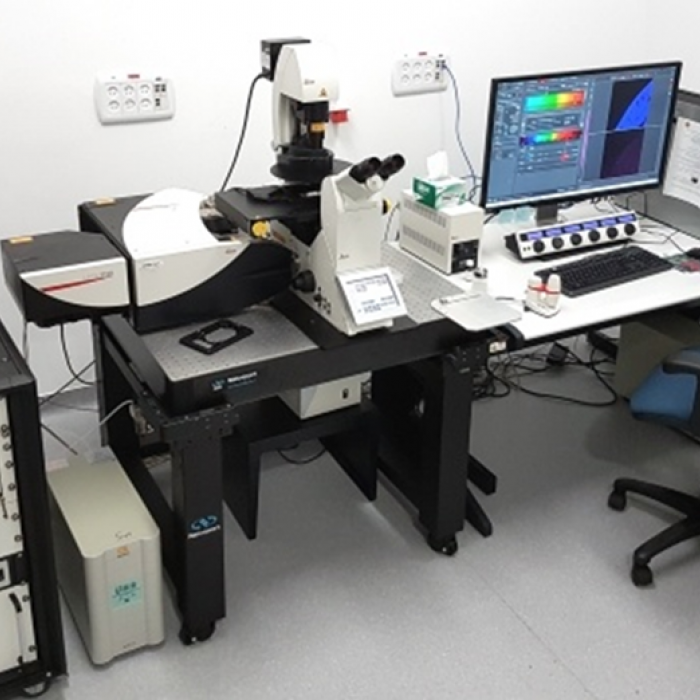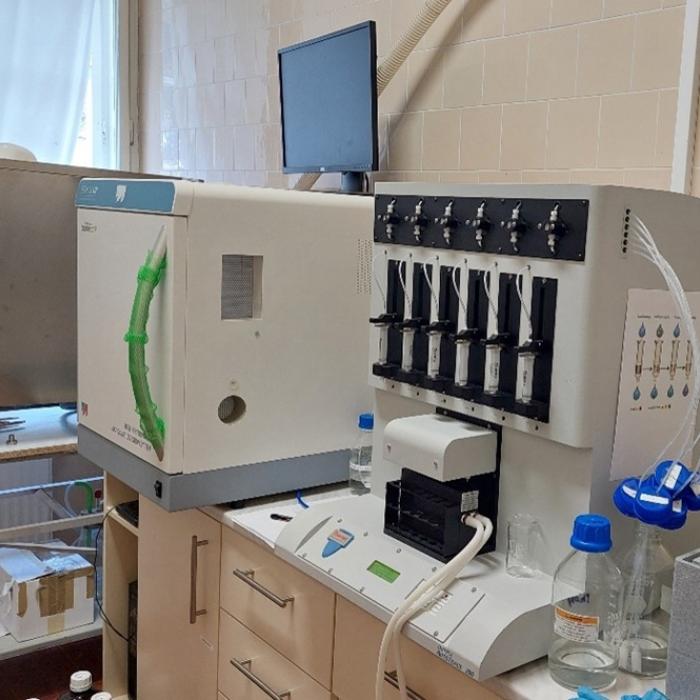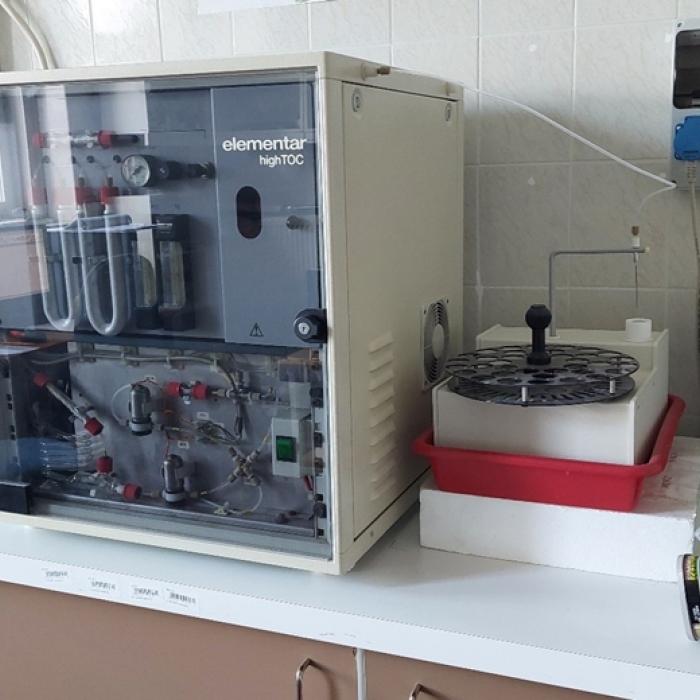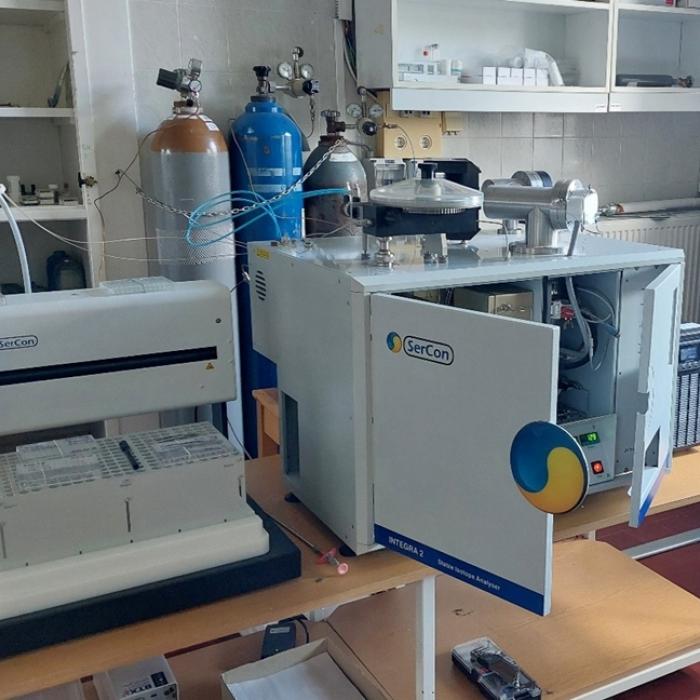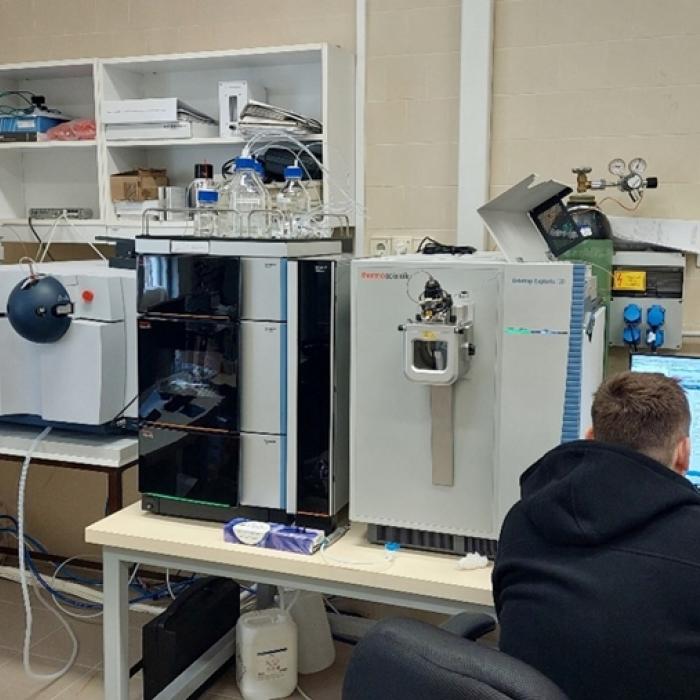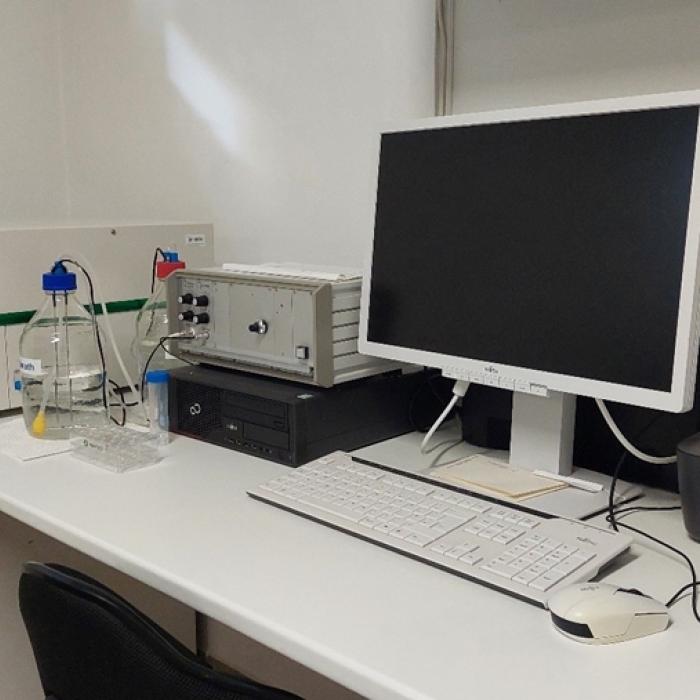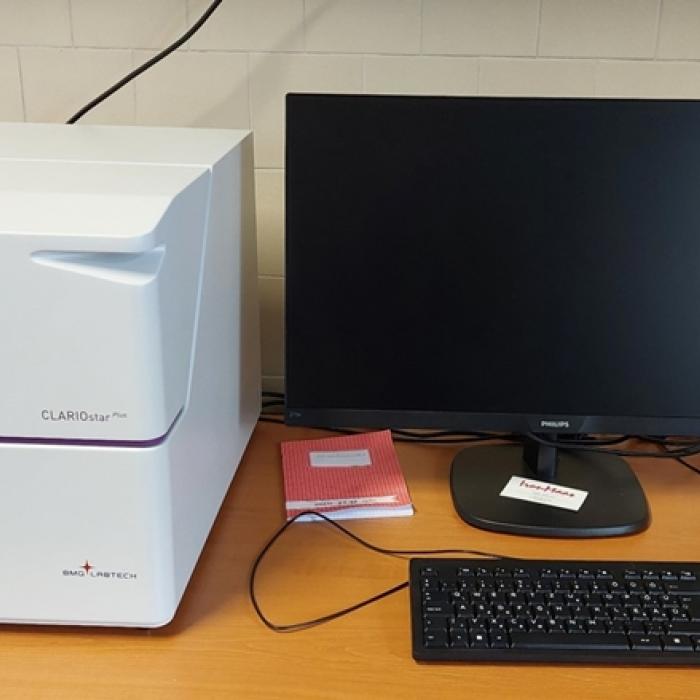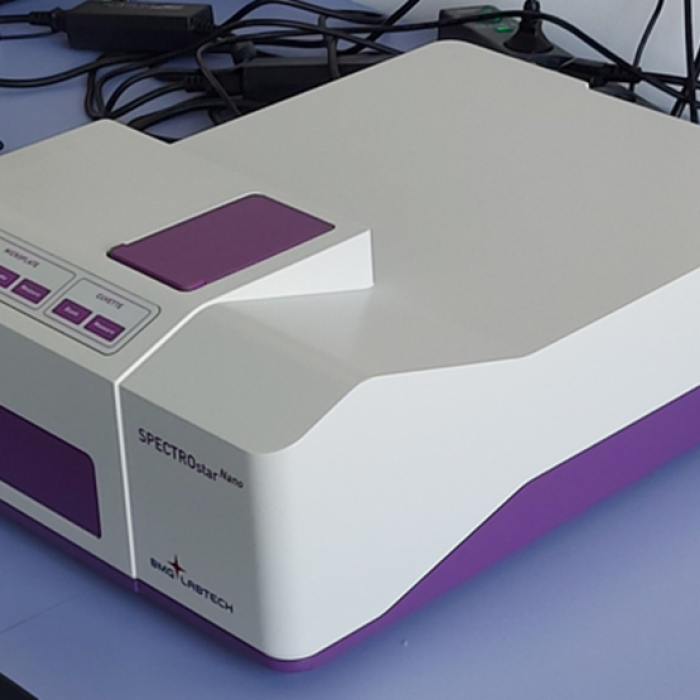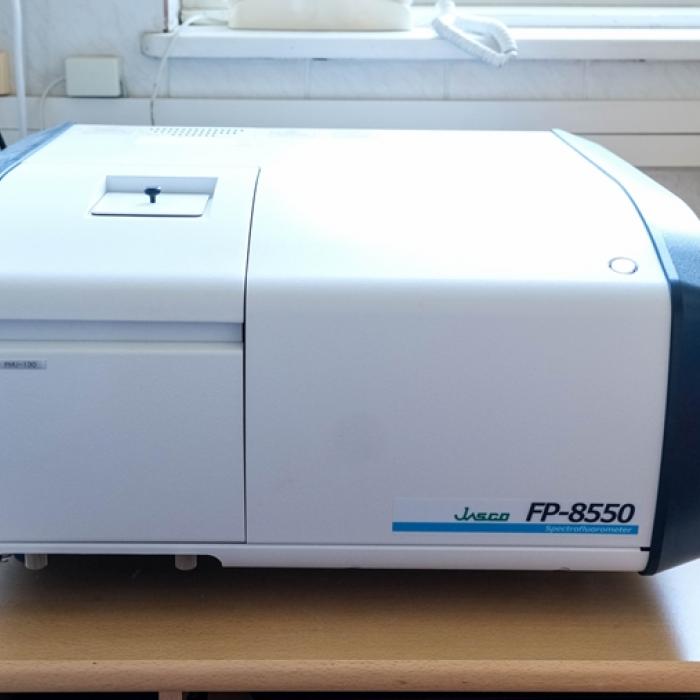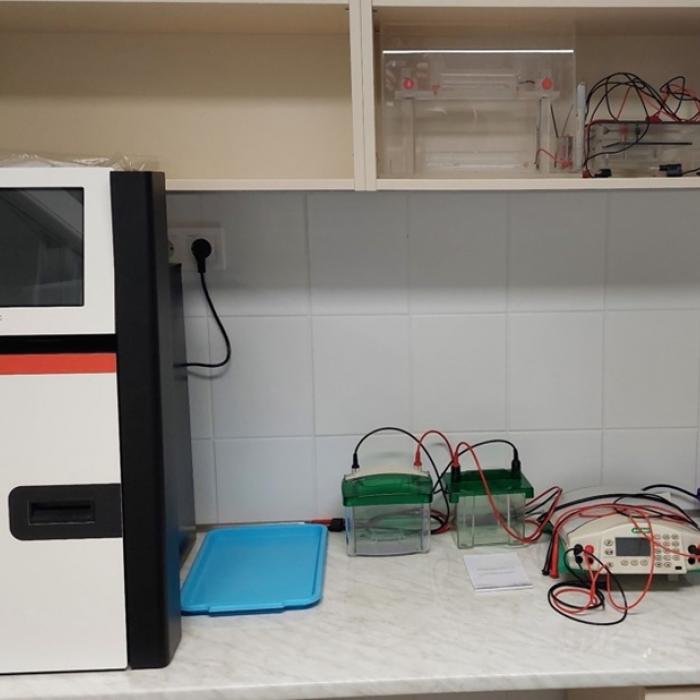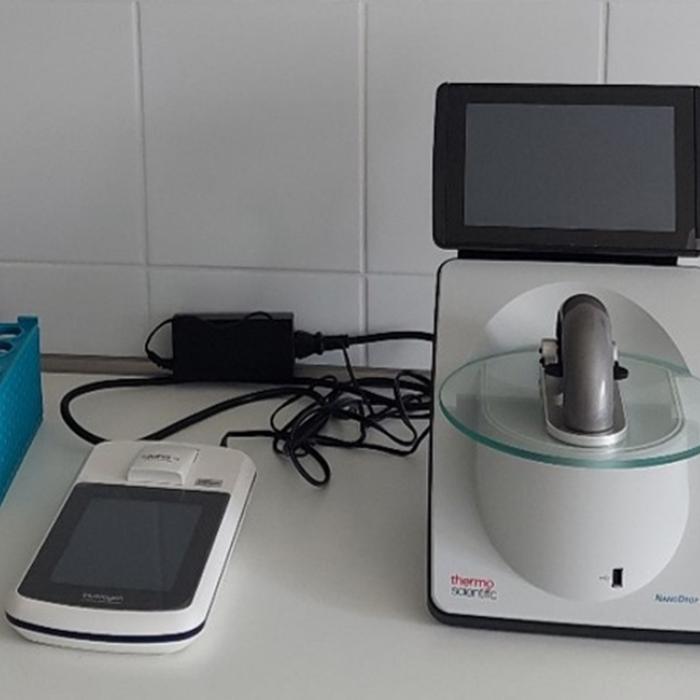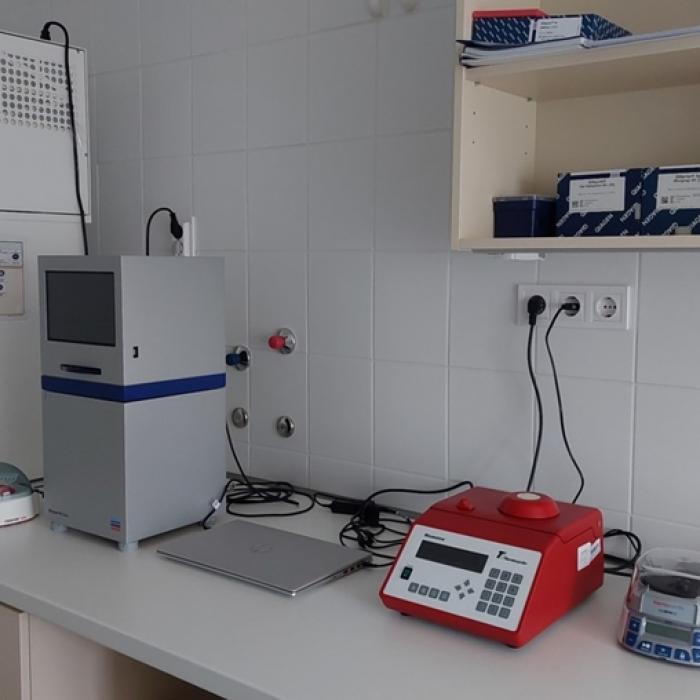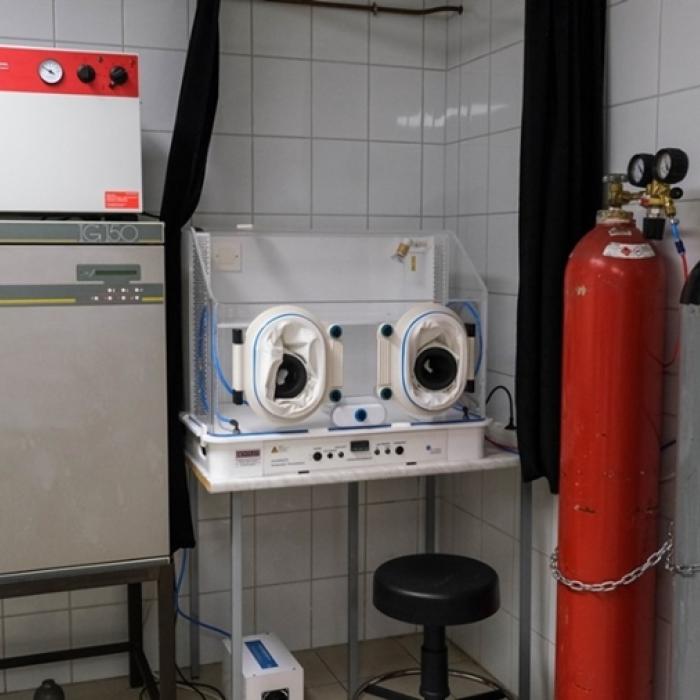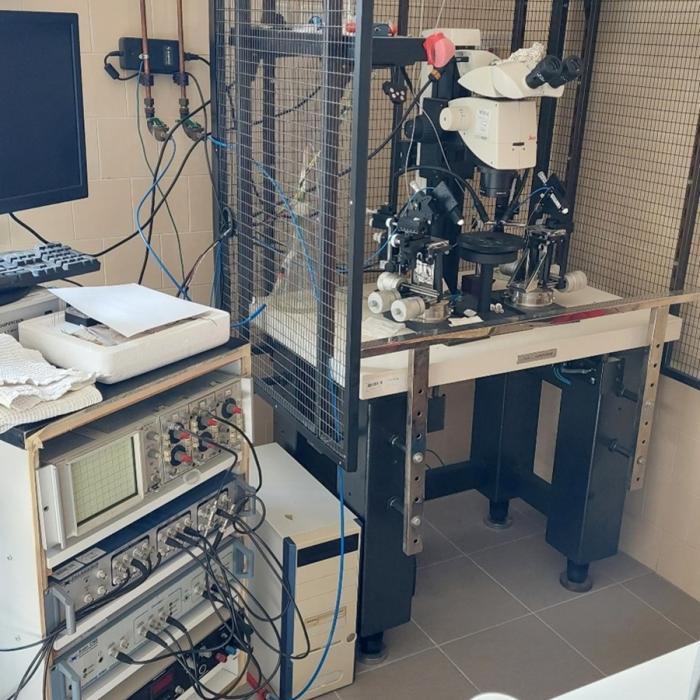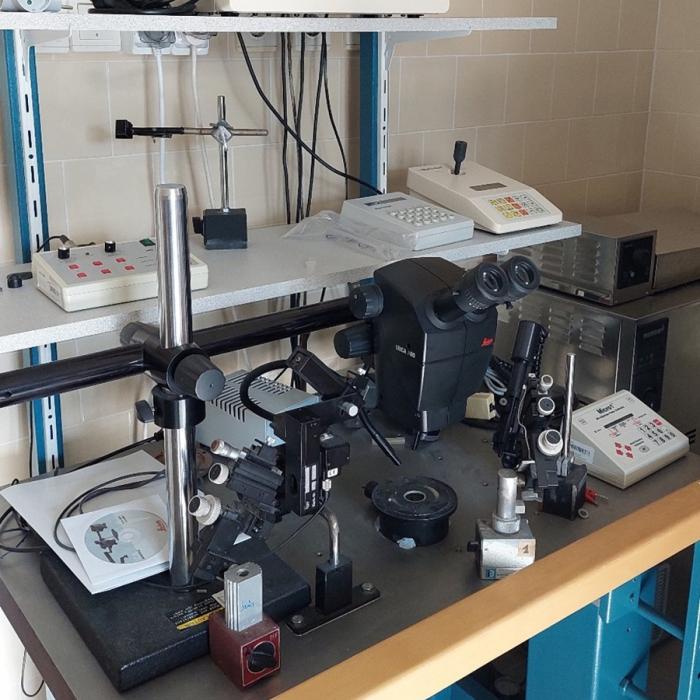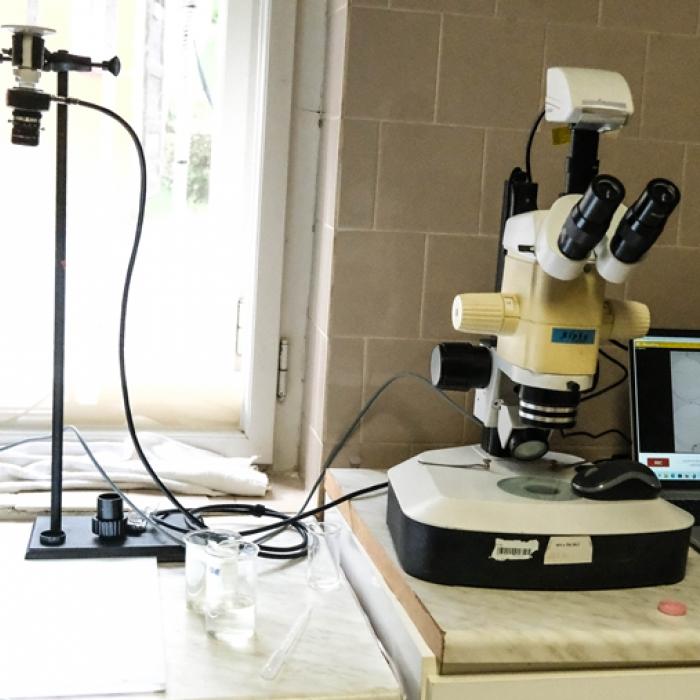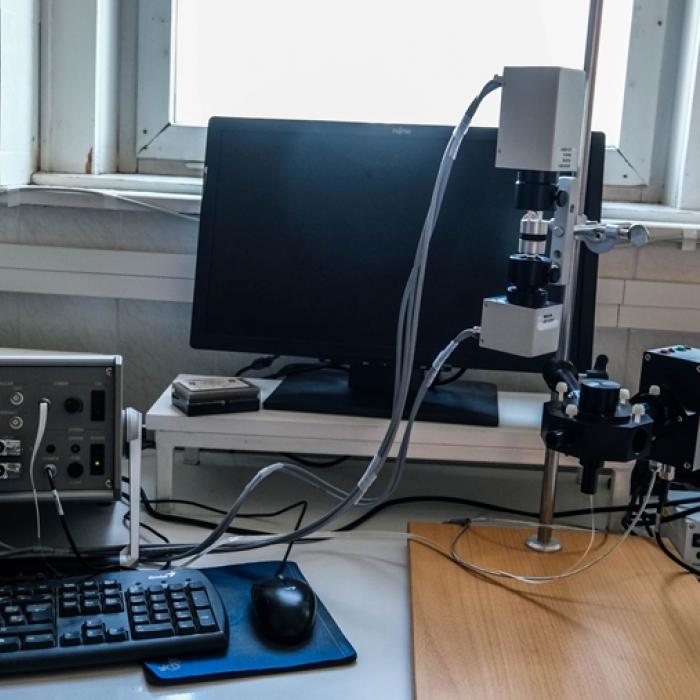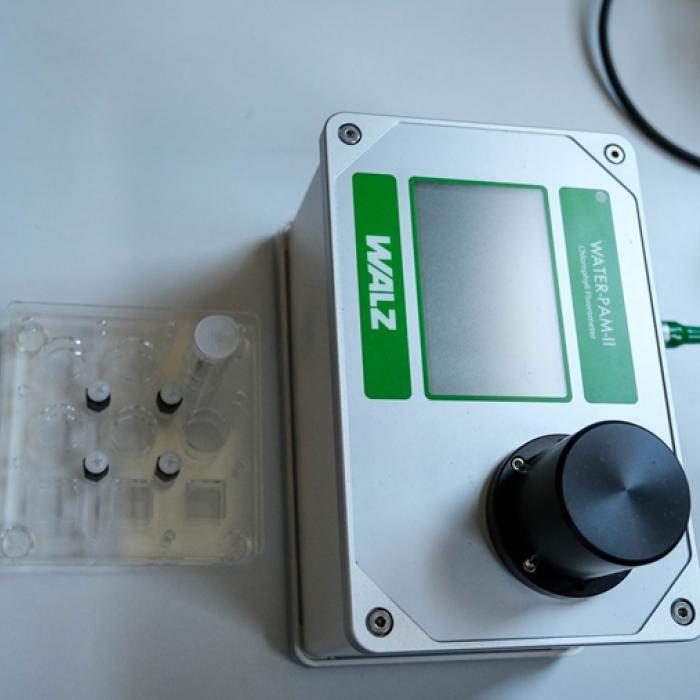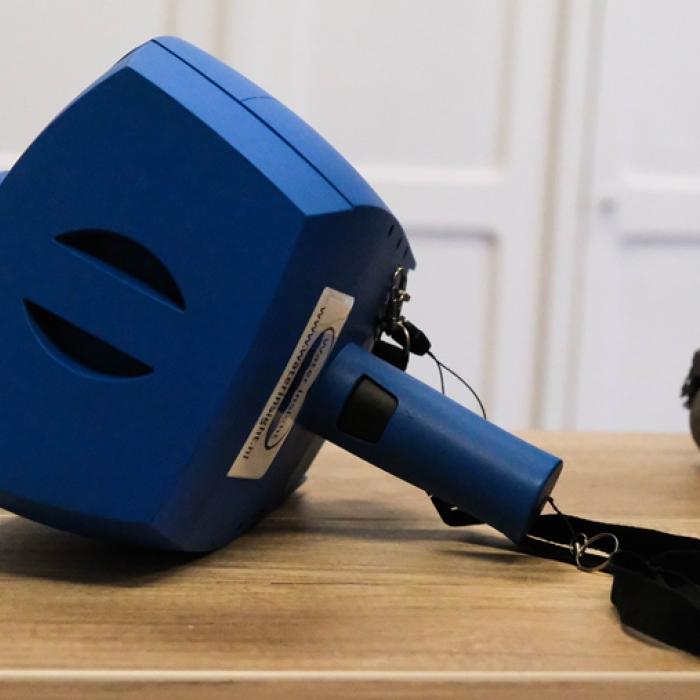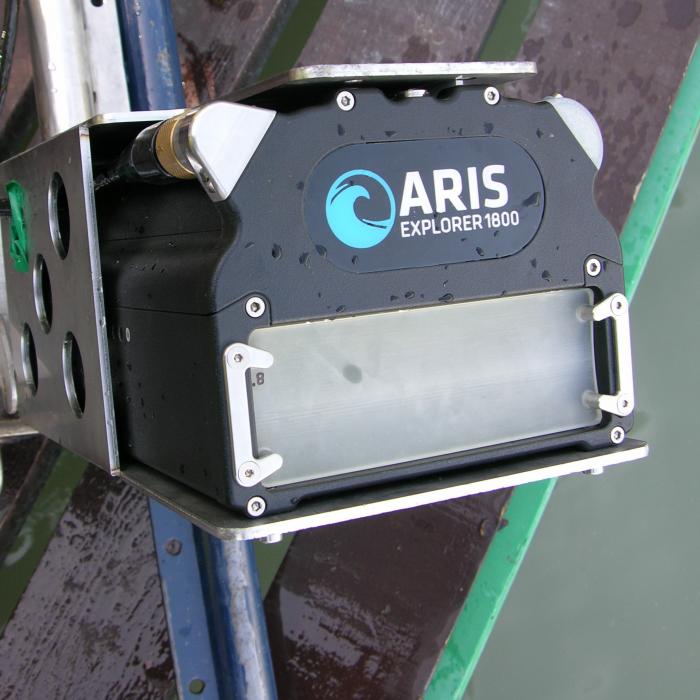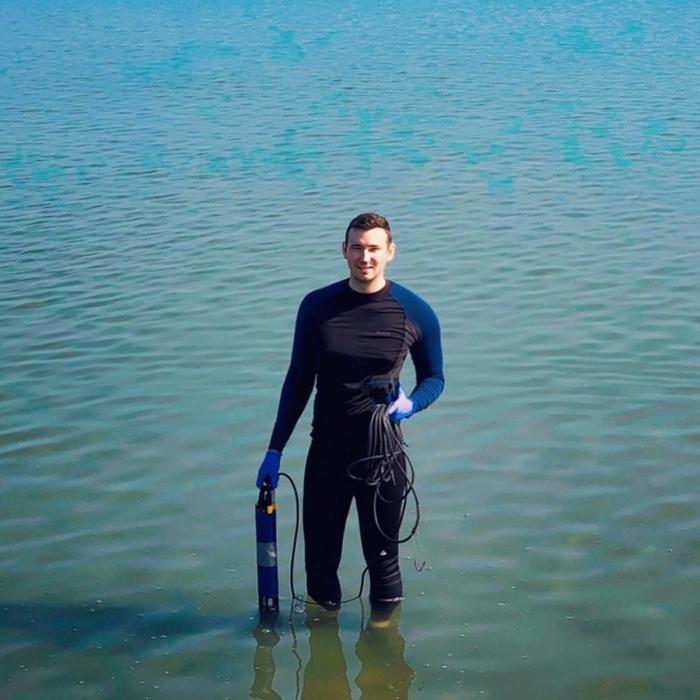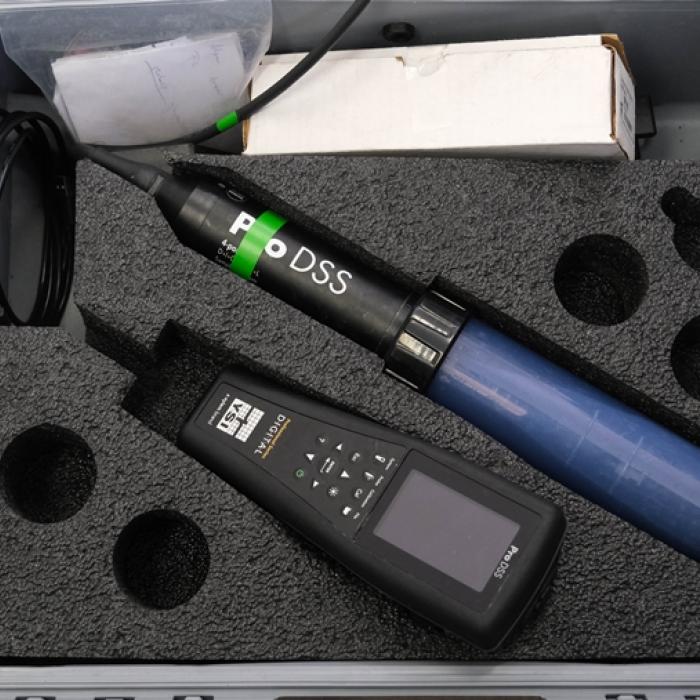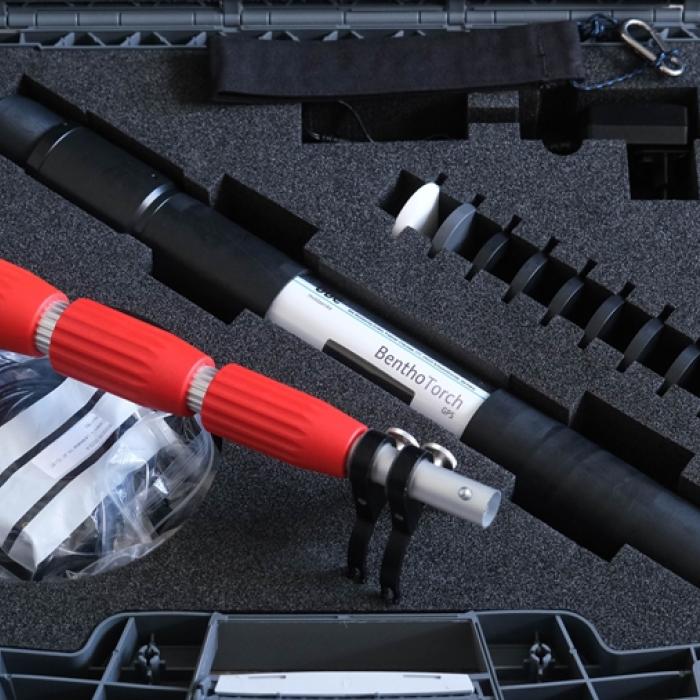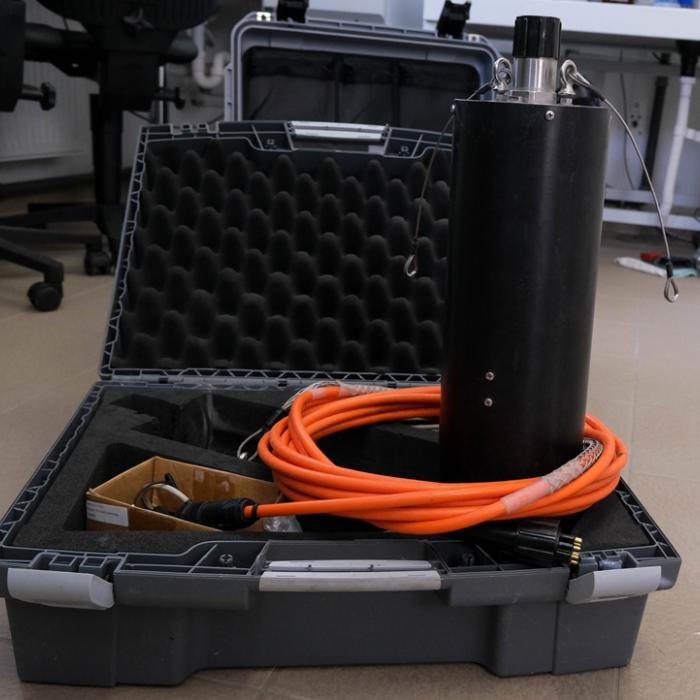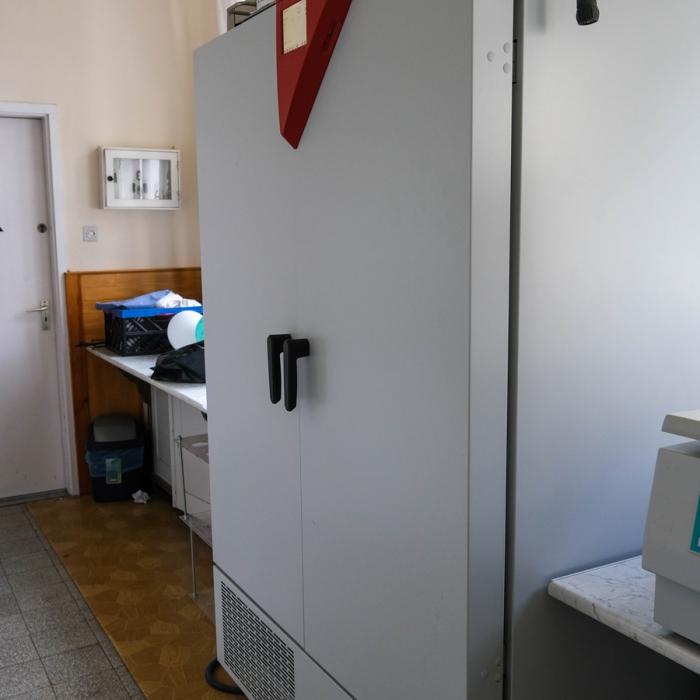Research groups
Aquatic Botany and Microbial Ecology Research Group
Leader of the research group
Group members
The research group investigates the effect of external and internal nutrient loading on trophic state and nutrient cycling in the continental standing waters, especially regard to the primary production and decomposition trophic levels. The group analyses the bacterial and alga production, the light and nutrition limitation of primary production, as well as the trophic state and ecological quality of standing waters by remote sensing control techniques. The group works on the long-term monitoring of phytoplankton in the Lake Balaton, as well as maintains an isolated algal culture collection from Lake Balaton and other standing waters as a reference for classical and molecular taxonomic investigations. The group studies the distribution, production and ecophysiology of emergent and submerged macrophytes, by means of various methods e.g. physiology, genetics and remote sensing control etc. The group especially carry out exploratory limnological research of extreme and unique standing waters (e.g. soda and saline lakes) in Eurasian scope. These fundamental limnological research includes investigation of role of waterbird population in the nutrient cycling, energy flow and trophic relationships. In the frame of national and international collaboration, the research group also works on ecosystem services survey projects of Eurasian waters by our fundamental limnological databases and diverse expertise.
Selected publications
- IF: 2,051
Aquatic Invertebrates and Community Ecology Research Group
Leader of the research group
Group members
1. Investigation of the ecological role of invasive mussel species in Lake Balaton
Our research focuses on the population dynamics and ecological role of the invasive dreissenid species. We examine the colonization, food preference and metabolism of the animals using experimental methods on animals collect from natural habitats, on implanted ones and on those kept in aquaria. We examine also the ecological role of dreissenids in the food we structure of Lake Balaton.
2. Human impacts on freshwater biodiversity
We examine the effects of human impacts on freshwater biodiversity. We focus on how the different facets (taxonomic, phylogenetic and functional) and components (alpha and beta) of diversity, as well as the taxonomic- and trait-based community respond to anthropogenic disturbances such as urbanization, pollution, habitat degradation, spread of invasive species or climate change.
3. Development and use of methods of numerical ecology
We deal also with the methodology of community ecology. We are interested in approaches quantifying community-level phenomena such as beta diversity or nestedness, as well as in methodology enumerating functional diversity.
Selected publications
Ecophysiological and Environmental Toxicological Research Group
Leader of the research group
Group members
Activity of the research group:
The research group was established in 2021 from the previous Adaptive Neuroethological Research Group supported by National Brain Program (NAP2.0) and Chemical Ecology Research Group.
Mission of the research group:
Complex (eco)physiological and toxicological investigations of the effects of both natural and anthropogenic pollutants detected in Lake Balaton on aquatic invertebrate and lower vertebrate species in a top-down approach with model multidisciplinary applications. An important part of our mission is to communicate the practical implications of our scientific findings to the decision makers, water authorities, nature conservationists, and also to the public.
Tasks of the research group:
1) Monitoring of the presence of natural and anthropogenic pollutants (e.g., cianotoxins, drug residues, UV-filters, pesticides, rodenticides, microplastics) in Lake Balaton. Chemical characterization of aquatic environment (water body, sediment, phyto- and zooplankton, phyto-and zoobenthos, macrophyton, macro invertebrates, fish) with special attention to the spatio-temporal variations of pollution sources as well as identification, quantification and adsorption of different pollutants.
2) Investigation of the long-term combined effects of climate change and anthropogenic stressors in aquatic ecosystems. We examine the changes of the abiotic environmental factors (e.g., extreme temperature, salinity, pH, and redox processes) caused by climate change on the physiological functions and adaptive ability of major animal taxa (zooplankton, arthropods, mollusks, fish). Characterization of molecular underpinnings of adaptation.
3) In the framework of field studies, we analyze the effects of anthropogenic pollution of wetlands on the general condition, reproductive capacity, and cellular and molecular level changes of aquatic invertebrate and fish indicator organisms. At the population level, we obtain information by comparing the condition indices of individuals collected from more polluted (e.g., harbors, beaches, around treated sewage inlets) and more protected (e.g., nature conservation bays) areas.
4) In controlled laboratory experiments, we investigate the individual and mixture effects of pollutants on (neuro)physiological functions (feeding, locomotion, breathing, development, reproduction, learning) of representative aquatic model organisms from laboratory-bred animals at the individual, tissue, cell and molecular levels (top-down approach), using multidisciplinary (physiological, histological, biochemical, molecular, genetic) methods. At the cellular level, we map the mechanism of action of toxicity on oxidative stress and biotransformation systems, as well as investigate neurophysiological effects on identified cells and simple neural networks during exposure to environmentally relevant complex pollutant mixtures. At the molecular level (mRNA), we investigate the expression changes of known stress markers (e.g. GnRH/CRZ, CREB, DJ- 1, p38alpha, JNK1, etc.).
5) A complex environmental condition assessment of Lake Balaton and the development of a reliable exposure- and biomarker-based wetland monitoring strategy based on environmental analytical surveys, environmental risk assessment and the general toxicity of pollutants. In this way, we can determine the general condition of the organisms inhabiting the given wetland in a cost-effective and environmentally friendly way, and at the same time we can weight the importance of the complex stress effects on the aquatic community from natural and anthropogenic sources on the environment.
Selected publications
Fish and Conservation Ecology Research Group
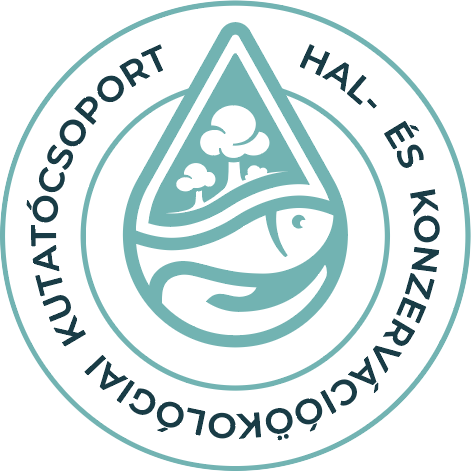
Leader of the research group
Group members
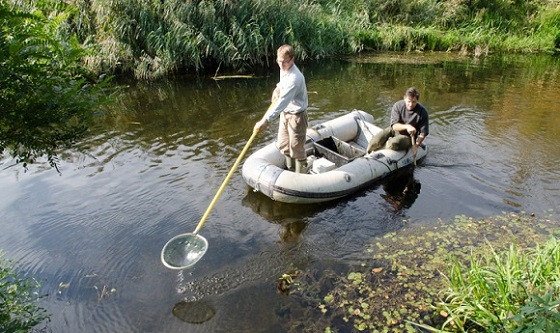
We examine the biodiversity and organization of freshwater fish assemblages.
Our primary model system are the Danube and Lake Balaton and its catchment, which is affected by a variety of human impacts. The primary focus is to explore the environmental drivers of population dynamics and assemblage organization, and, from an applied perspective, to provide suggestions for environmental managers and conservationists to mitigate human impacts. Specifically, we examine the habitat use, ontogenetic diet patterns, trophic relationships, growth, and survival of fish in Lake Balaton. The main task of the monitoring of the waterbasin’s streams is to follow the distribution of non-native invasive species and to explore their impact on the native fauna. We also examine the organization of fish assemblages in the River Danube and its floodplain system.
Increasing emphasis is given to the study of the diversity and distribution of fish in a regional (country-wide) scale to develop monitoring systems for evaluating environmental health, to base conservation planning actions and to explore the effects of human impacts on freshwater biodiversity in the Pannon Ecoregion.
Selected publications
Zooplankton and Ecological Interactions Research Group
Leader of the research group
Group members
A basic task of the team is the monitoring of the zooplankton and littoral invertebrate communities in several different standard sampling sites of Lake Balaton. This activity serves the continuous enlargement of the long term datasets concerning to the species composition, individual density, biomass and production of the zooplankton and macroinvertebrates dvelling the littoral zone. Collection of these data started in the early 1930`s making possible the analyses of the direct and indirect impacts of the anthropogenous eutrophycation, the long term fluctuation of the water lewel and the possible climate change on the invertebrate communities. The efficiency of the trophyc relationships between the phytoplankton – zooplankton, and macroinvertebrates – suspended material has been intensively studied in the frame of different research projects.
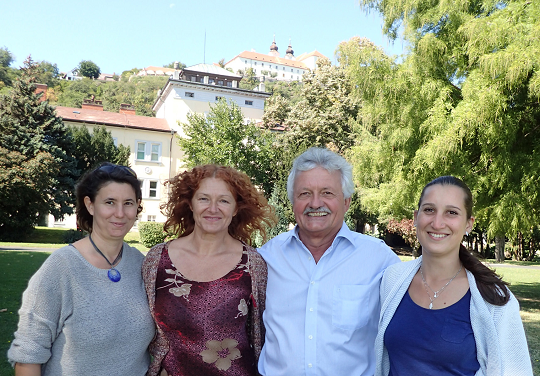
Researchers
Projects
OTKA- Idegenhonos édesvízi halak inváziójának sikeressége és hatásuk az őshonos halegyüttesekre és halfajokra
Az élőhelyek degradációja mellett az idegenhonos fajok terjedése jelenti a legnagyobb veszélyt a Föld biodiverzitására. Kutatásunk célja, hogy pontosabban megismerjük az idegenhonos édesvízi halfajok inváziós sikerességét meghatározó tényezőket és az idegenhonos halfajok őshonos halakra kifejtett hatásait. Ennek érdekében tanulmányozni fogjuk az idegenhonos halfajok szerepét az őshonos halegyüttesek szerkezetének hosszú távú változásaiban a Balaton vízgyűjtő területén. Emellett pedig vizsgálni fogjuk két inváziós halfaj, a fekete törpeharcsa és az amurgéb inváziós sikerességét és terjedésük negatív hatásait. A fekete törpeharcsával kapcsolatban feltárjuk a faj élőhelyhasználatát és táplálékának összetételét a Balatonban. Az amurgéb esetében egy átfogó tanulmányt fogunk készíteni, melyben összefoglaljuk a faj ökológiájáról ez idáig született tudásanyagot. Emellett hosszú távú adatsorok és akváriumi kísérletek segítségével fogjuk vizsgálni az amurgéb és a fokozottan védett, veszélyeztetett lápi póc közötti interakciókat. Kutatásaink alapvető kérdések megválaszolásához járulhatnak hozzá az idegenhonos halfajok inváziós sikerességét és negatív hatásait illetően. Ezen felül eredményeink hasznosíthatók lesznek mind a természetvédelemben, mind pedig a rekreációs (elsősorban horgászat) ágazatban.
OTKA- Az öregedés során bekövetkező változások celluláris és molekuláris mechanizmusai az asszociatív memóriát kódoló neurális hálózatban
Az élethossz folyamatosan nő, ugyanakkor az tapasztalható, hogy az öregedés során a memória megkopik. Noha mindez jelentősen befolyásolja a későbbi életminőséget, a normál öregedési folyamatok vizsgálata kevesebb figyelmet kapott, mint a neurodegeneratív kutatások. Ezért a pályázatban vizsgáljuk az öregedési változásokat a tanulás és a hosszú távú memória jól ismert puhatestű modelljén. Törekszünk megérteni az agy normál biológiai öregedésének molekuláris mechanizmusait a génexpresszió korfüggő változásainak, valamint az erősen konzervált jelátviteli útvonalakban bekövetkező átalakulásoknak az azonosításával, amelyek megvilágítják az életkor függő memóriakárosodást. Viselkedési, elektrofiziológiai és molekuláris megközelítéseket alkalmazunk azon feltevésünk igazolására, hogy az öregedési folyamatok gátlásában résztvevő molekulákat kódoló gének kulcsszerepet játszanak azokban a már azonosított idegsejt és hálózat szintű változásokban, amelyek mutatják a memória károsodását a viselkedési mintázatok szintjén. Megvizsgáljuk, hogy lehet-e befolyásolni az öregedés-gátló molekulák expresszióját génmanipulációval, amelyek megváltoztatják a gének aktiválásában részt vevő, vagy ezek által aktivált, jelátviteli útvonalak működését. A kutatások elősegítik a molekuláris, celluláris és rendszer szintű változások megértését, amelyek a természetes öregedéssel összefüggő memóriavesztéshez vezetnek. Mindezek rávilágítanak azokra a mechanizmusokra, amelyek a patológiás hanyatlás alapját is képezik és új klinikai kezelési lehetőségeket adnak.
OTKA- Karakterisztikus Kárpát- medencei halfajok filogenetikai és evolúció- ökológiai vizsgálata tradicionális és alternatív módszerekkel
A Kárpát-medence vízi élővilága rendkívül változatosnak mondható, ugyanakkor korántsem tekinthető minden részletében ismertnek. A terület vízrendszerében számos olyan sokáig általános európai elterjedésűnek gondolt halfaj él melyek taxonómiai hovatartozása nem kellően tisztázott. Egyebek között például feltételezhető, hogy a mindenki által ismert, nagyra növő, pettyezett testű csuka faj mellett, egy kisebb, csíkozott testű csuka „faj” is előfordul vizeinkben. De ennek tisztázására mindenképpen célzott morfológiai és genetikai vizsgálatok szükségesek. Kutatásaink eredményei segíteni fogják a terület vízi biodiverzitásának jobb megismerését, illetve a vizsgált fajok hosszú távú megőrzéshez szükséges kezelési tervek kidolgozását.
A kárpáti biodiverzitást feltáró vizsgálatok mellett szeretnénk tesztelni bizonyos eddig más téren használt módszerek (képi testalak elemző eljárások és egy tömegspektrometriai módszer) állományok, fajok azonosítására, illetve filogenetikai és taxonómiai célú, valamint nemesítési eljárások során való felhasználásának lehetőségét is. Ha az említett módszerek megfelelően érzékenynek bizonyulnak, akkor az eddig általánosan és egyedüliként használt genetikai módszereknél könnyebben használható, gyorsabban és olcsóbban kivitelezhető módszerekkel gazdagodhat a fent említett tudományterületek eszköztára.
Effects of anthropogenic disturbances on freshwater biodiversity
Responsible person at BLKI
Project (team) members at BLKI
Selected publications
Environmental chemical factors induced ... IN ENGLISH ... Kémiai környezeti faktorok által kiváltott neurális válaszok molekuláris, sejt és viselkedési szinteken gerinctelen és gerinces vizi szervezetekben
Responsible person at BLKI
IN ENGLISH PLEASE ...
Kémiai környezeti faktorok (hormonok, gyógyszermaradványok, peszticidek) által kiváltott neurális válaszok molekuláris, sejt és viselkedési szinteken gerinctelen és gerinces vizi szervezetekben - Nemzeti Agykutatási Program 2.0 támogatás
Nearly 100 Years in Service of Lake Balaton
Lake Balaton, the largest shallow lake in Central Europe, is one of the most popular tourist destinations in Hungary. Millions of people visit here annually, making the preservation of its good water quality, ecosystem, and biological diversity crucial from an economic perspective as well.
The HUN-REN Balaton Limnological Research Institute has been operating for nearly 100 years, and with its unique and versatile array of equipment, specializes in environmental research of freshwater bodies, focusing on Lake Balaton and its watershed. The Institute examines the flora and fauna of Lake Balaton and the associated watercourses, their spatial and temporal changes, the nutrient cycling and dynamics, and the abiotic and biotic environmental factors influencing aquatic ecosystems. The Institute possesses a complex array of equipment valued at nearly 1.6 billion Hungarian Forints, which is outstanding by international standards and meets the challenges of the time. In recent years, researchers of the Institute have addressed fundamental questions such as the water level and quality of Lake Balaton, the phenomenon of aquatic macrophyte proliferation, reed degradation, summer algal blooms, various types of human-induced pollution, and the phenomenon of salinization.
Using its extensive array of equipment, the Institute conducts comprehensive examinations of samples collected from natural ecosystems (e.g., Lake Balaton) and experimental systems (e.g., from the mesocosm facility). The research infrastructure includes important elements such as outdoor and indoor experimental systems, modern instrumental analytical devices, microscope systems, sample collection-, preparation-, and processing tools, remote sensing system for water quality monitoring, microbiological and molecular biological laboratories. Such a comprehensive research infrastructure suitable for studying aquatic life and the aquatic environment is not found within a single institution elsewhere in the country, making it unique.
Information about the results obtained with the Institute's equipment can also be found under the "Public Research" section.
The main research tools are illustrated in the following gallery.
Outdoor mesocosm system of the Balaton Limnological Research Institute
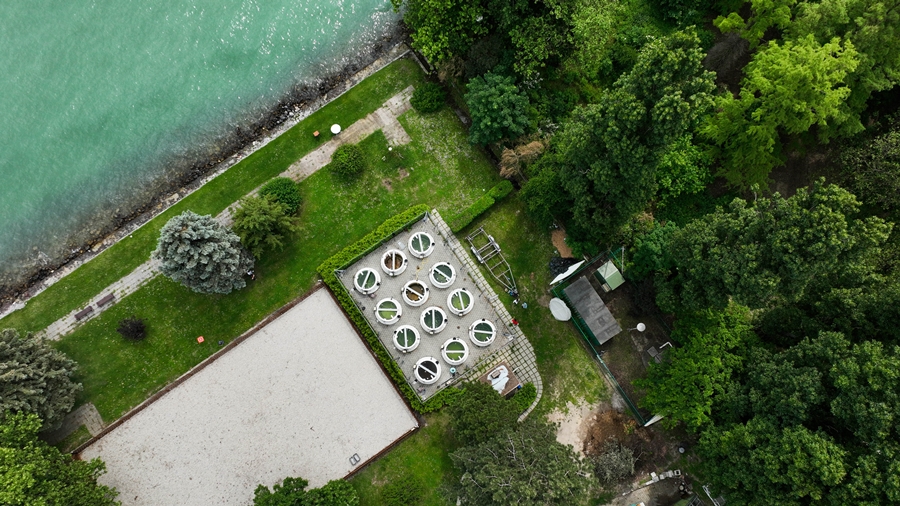
The outdoor mesocosm facility of Balaton Limnological Research Institute (mesocosm: an experimental system that examines the natural environment under controlled conditions) consists of 12 outdoor cylindrical plastic tanks; each has a volume of 5 cubic meters. Water temperature, nutrient levels, water circulation, light intensity, and several other relevant parameters can be controlled in the tanks, depending on the experimental hypotheses to be tested. The sensors deployed in the mesocosms gauge the most important physical parameters (e.g., light irradiation, water temperature, pH, dissolved oxygen, etc.). The tanks can be filled either with unfiltered water from Lake Balaton (pumped in directly from the lake), or with lake water filtered in three phases (gravel, – sand, – and UV filters).
The mesocosm system enables the researchers to study/model ecological processes under controlled conditions, such as the impacts of global climate change on aquatic food-webs, or the interactions of environmental factors promoting algal blooms.
Contact person, leader scientist: Gergely Boros, PhD (boros.gergely@blki.hun-ren.hu)
DigiRec
A home-built refraction-based optical recording system for pharmacological investigations
The Ecophysiological and Environmental Toxicological Research Group of the Balaton Limnological Research Institute, in collaboration with researchers at the University of Sussex (UK), developed a novel and unique in vitro pharmacological method based on a refraction-based optical recording approach and contractile tissue preparations. The recording system has an own Java application named DigiRec, which was developed by Mr. Tamás Barta (bartatamas@gmail.com) and runs under Linux. The system was tested and validated on isolated heart preparations obtained from the well-established molluscan model species, the great pond snail (Lymnaea stagnalis). The developed system can be a suitable tool both in neuroscience and ecotoxicology.
Events
Second Symposium on Invertebrate Neuroscience
The Symposium will be devoted to the following main topics: adaptive mechanisms, circuits and behaviours, learning and memory, cognitive aging, evolution and development, neuromorphology, visual and chemical sensation. The scientific program will consist of oral communications and poster sessions, and it will also include three or four key-lectures.



